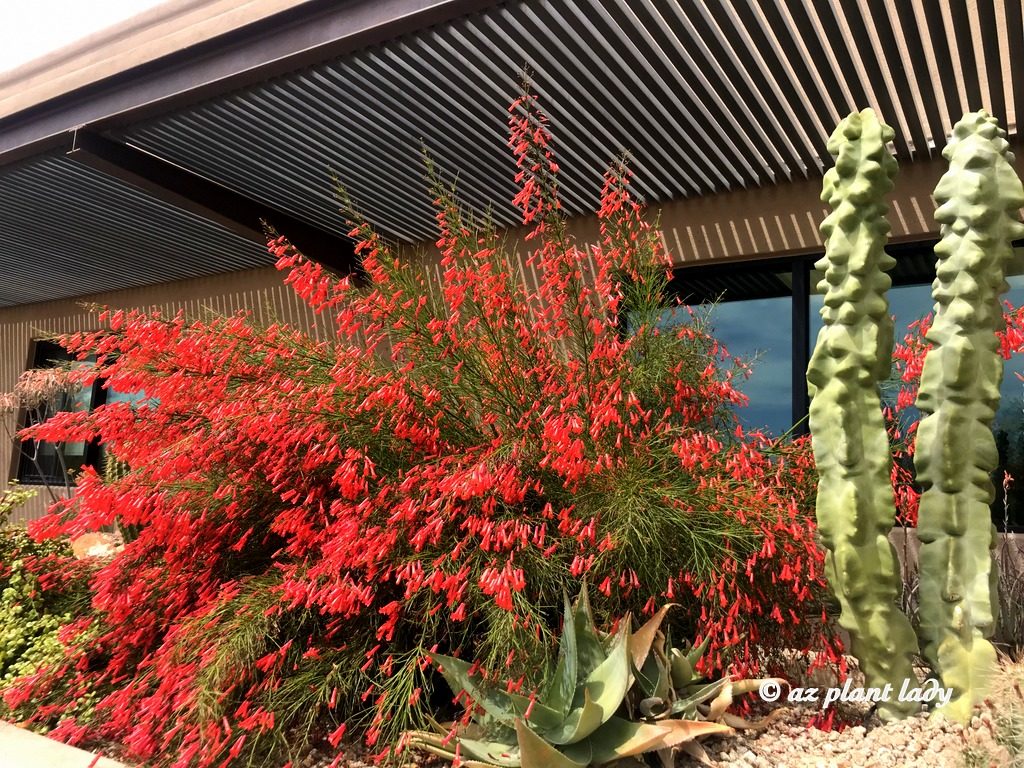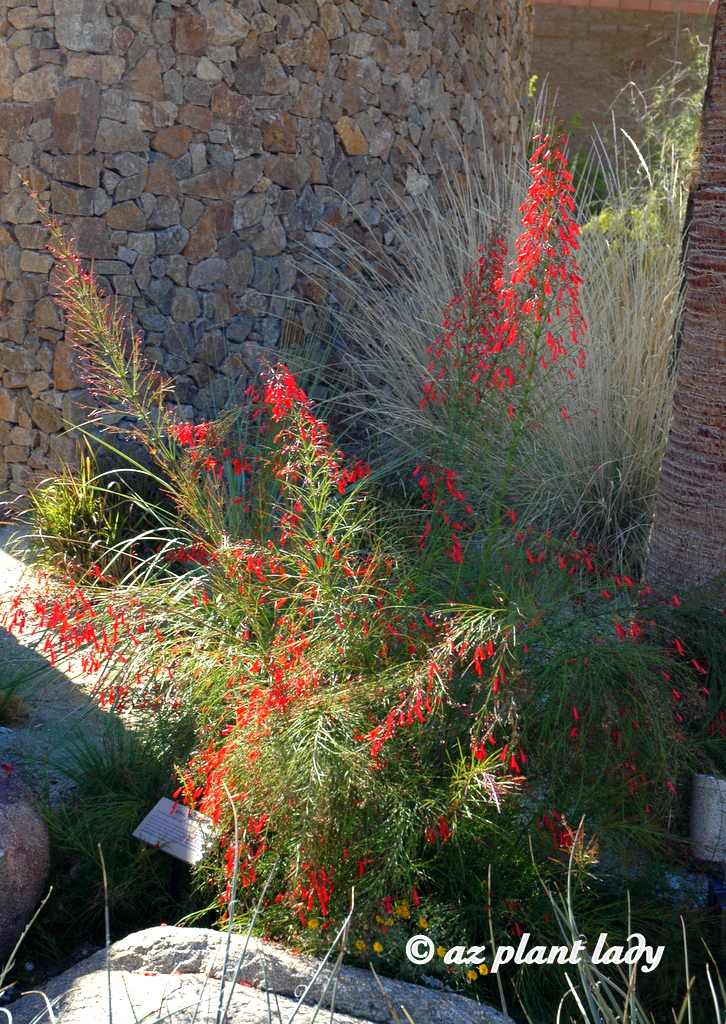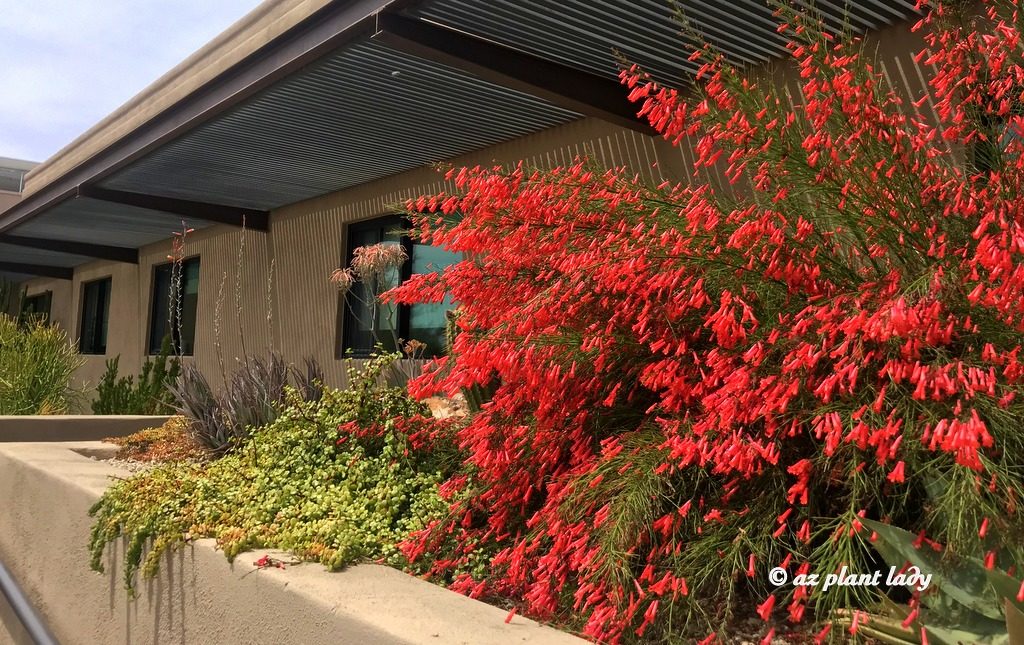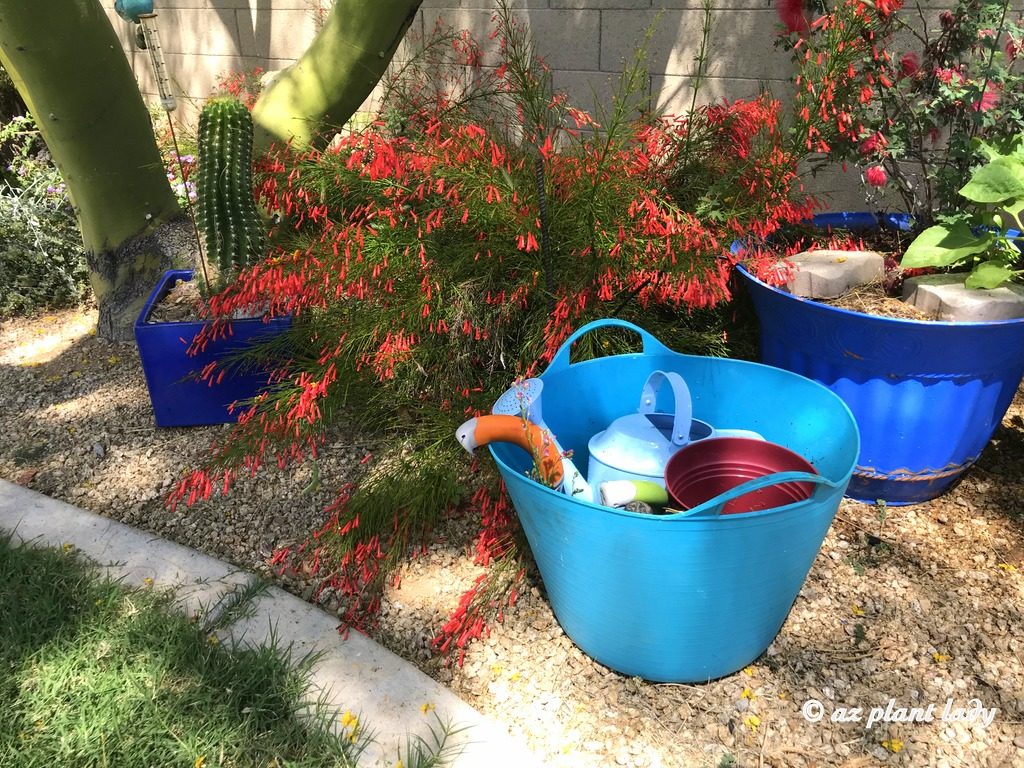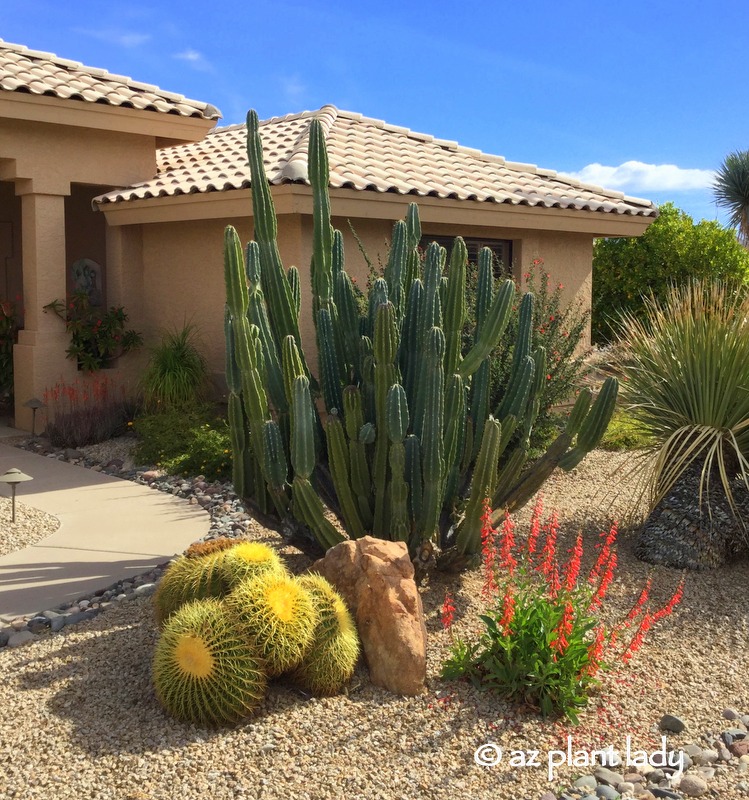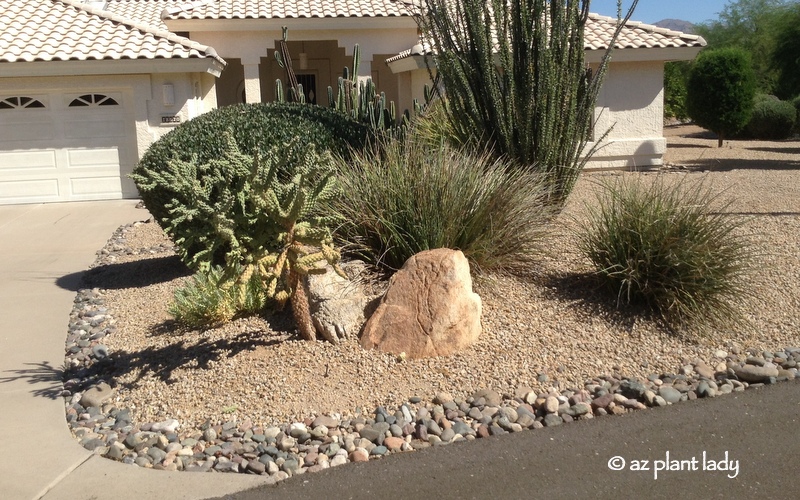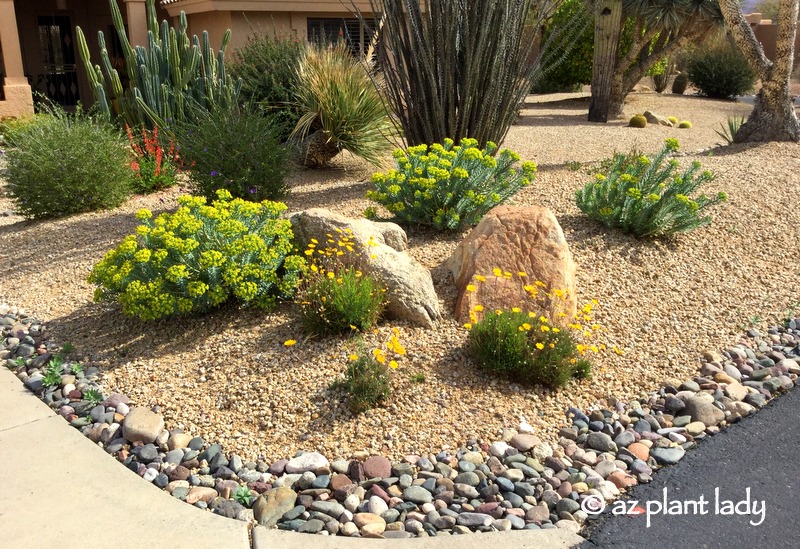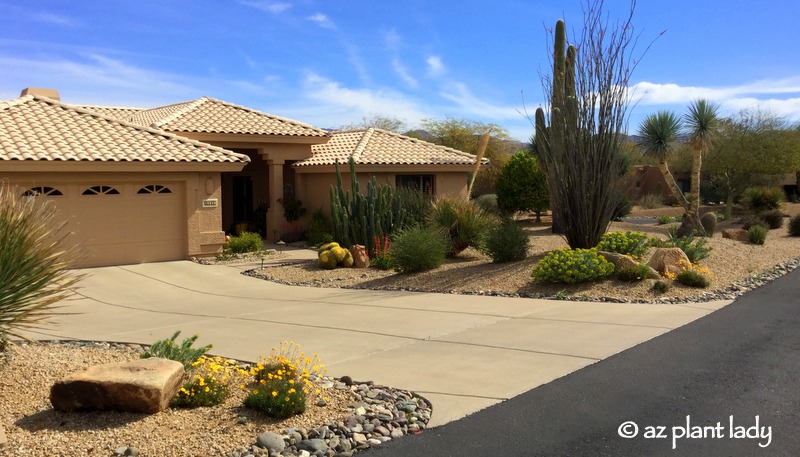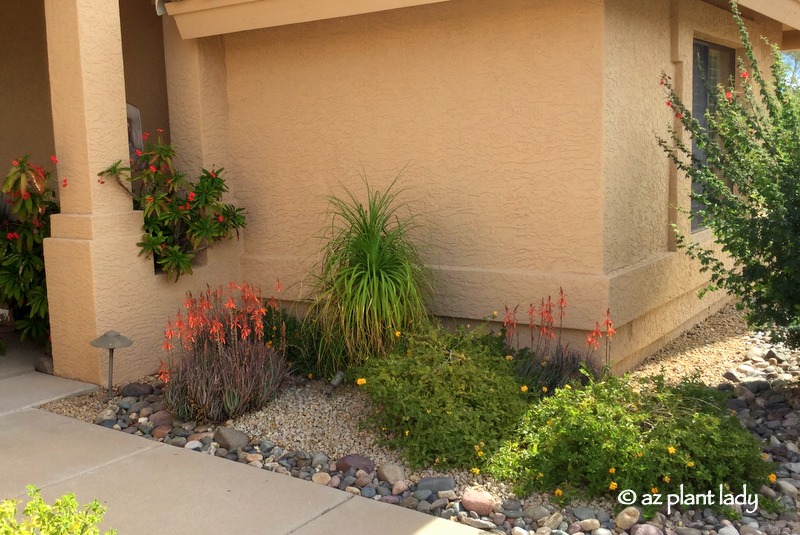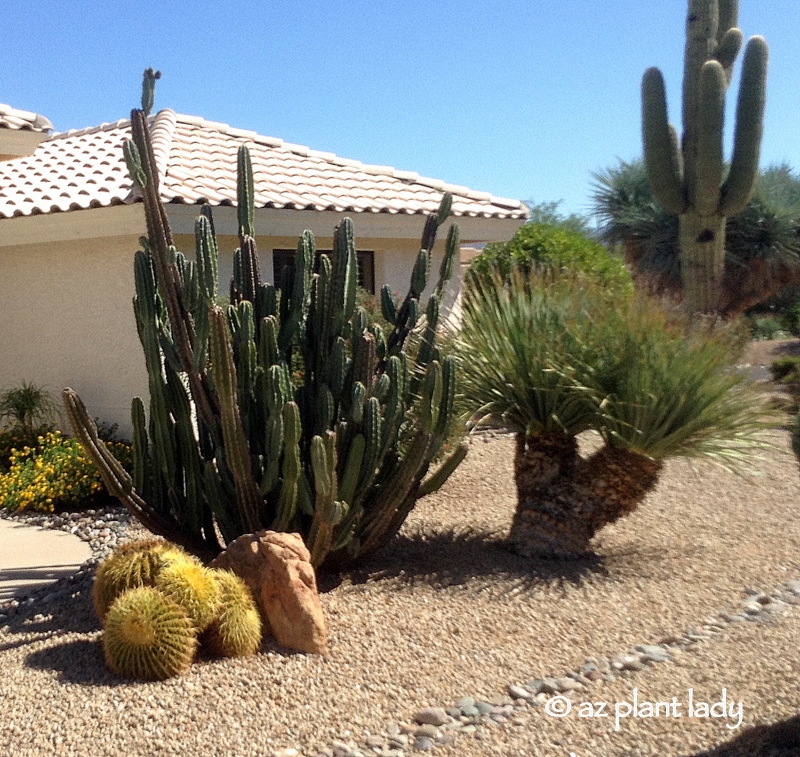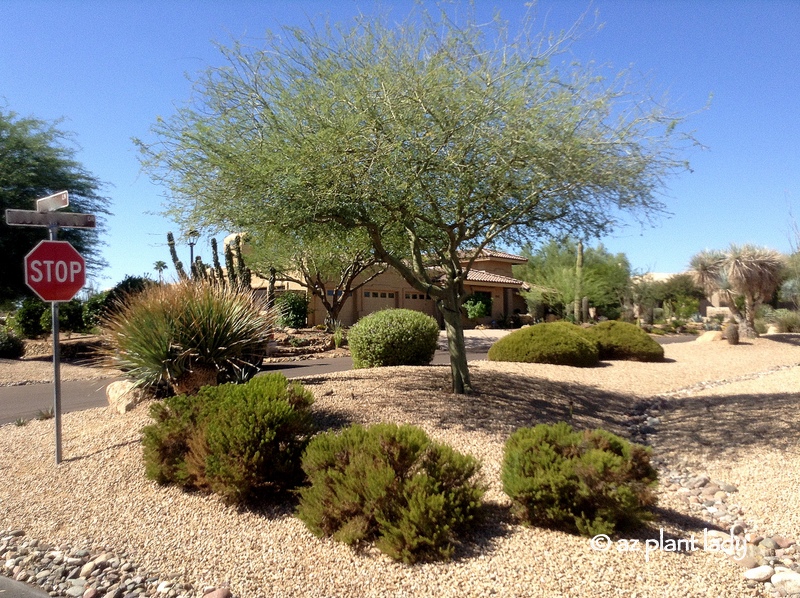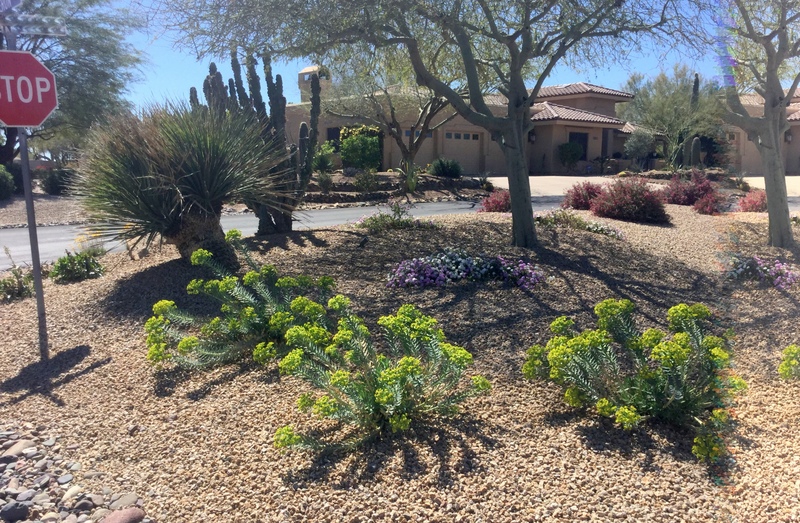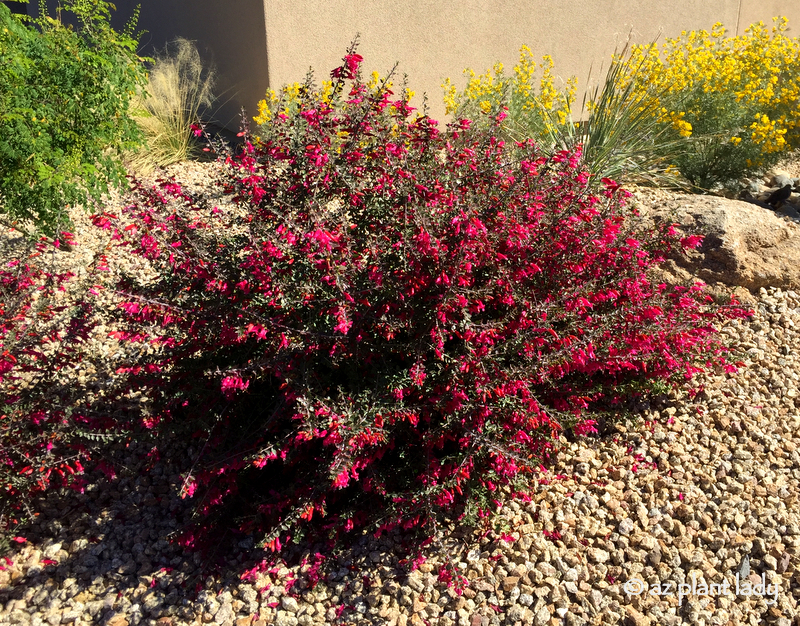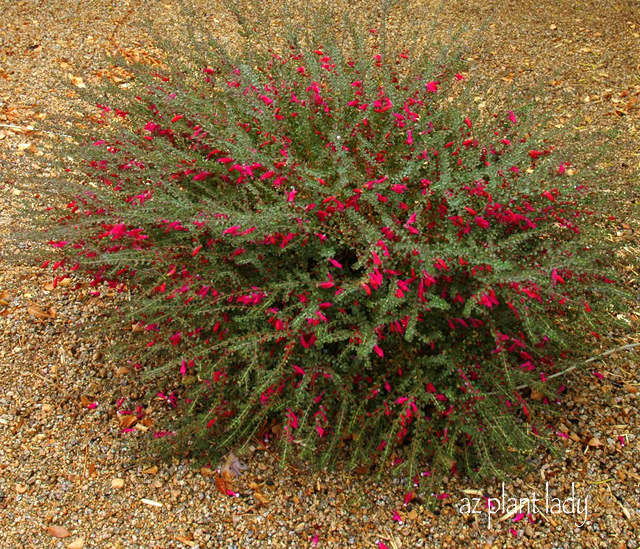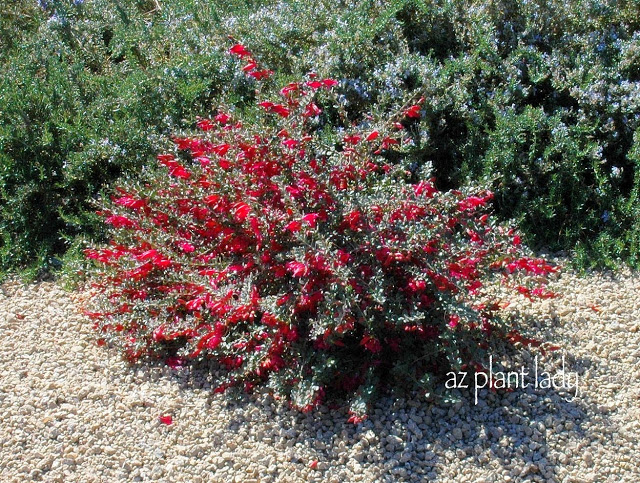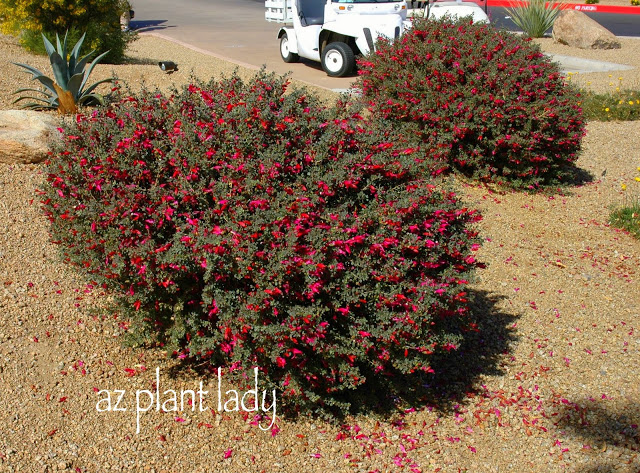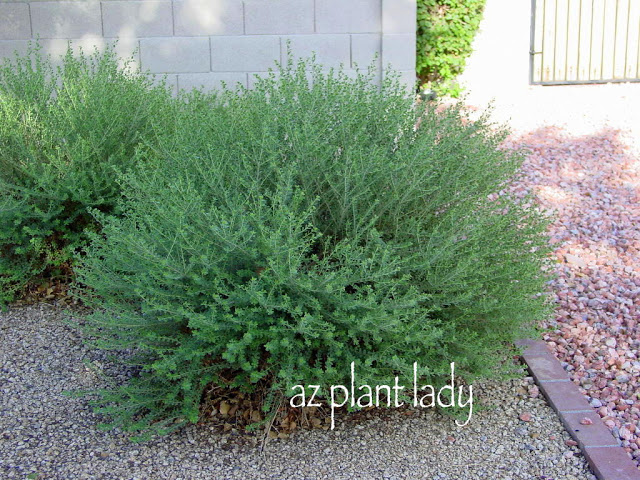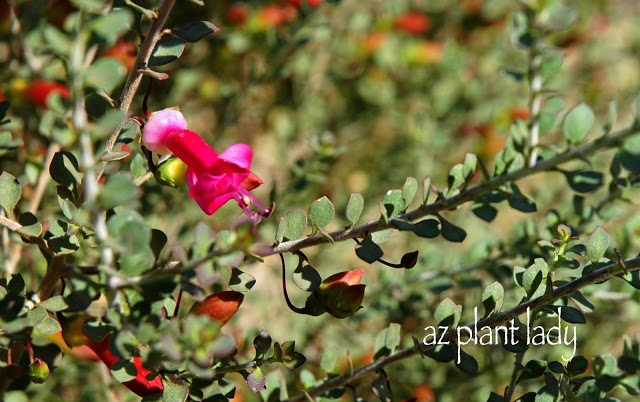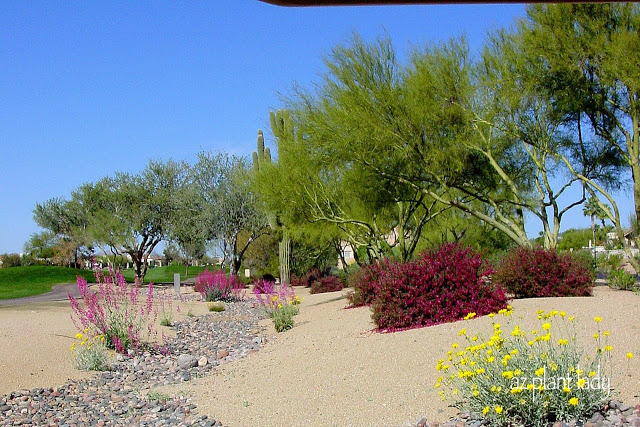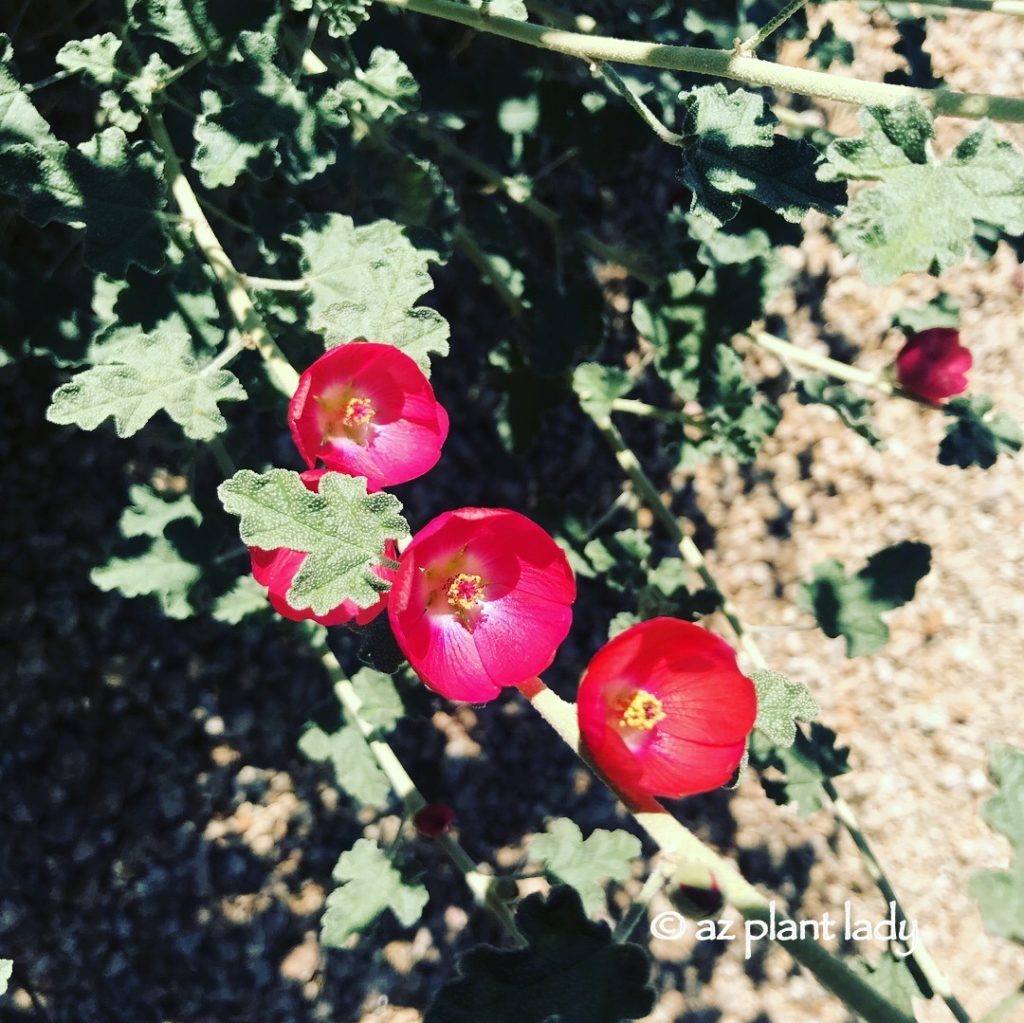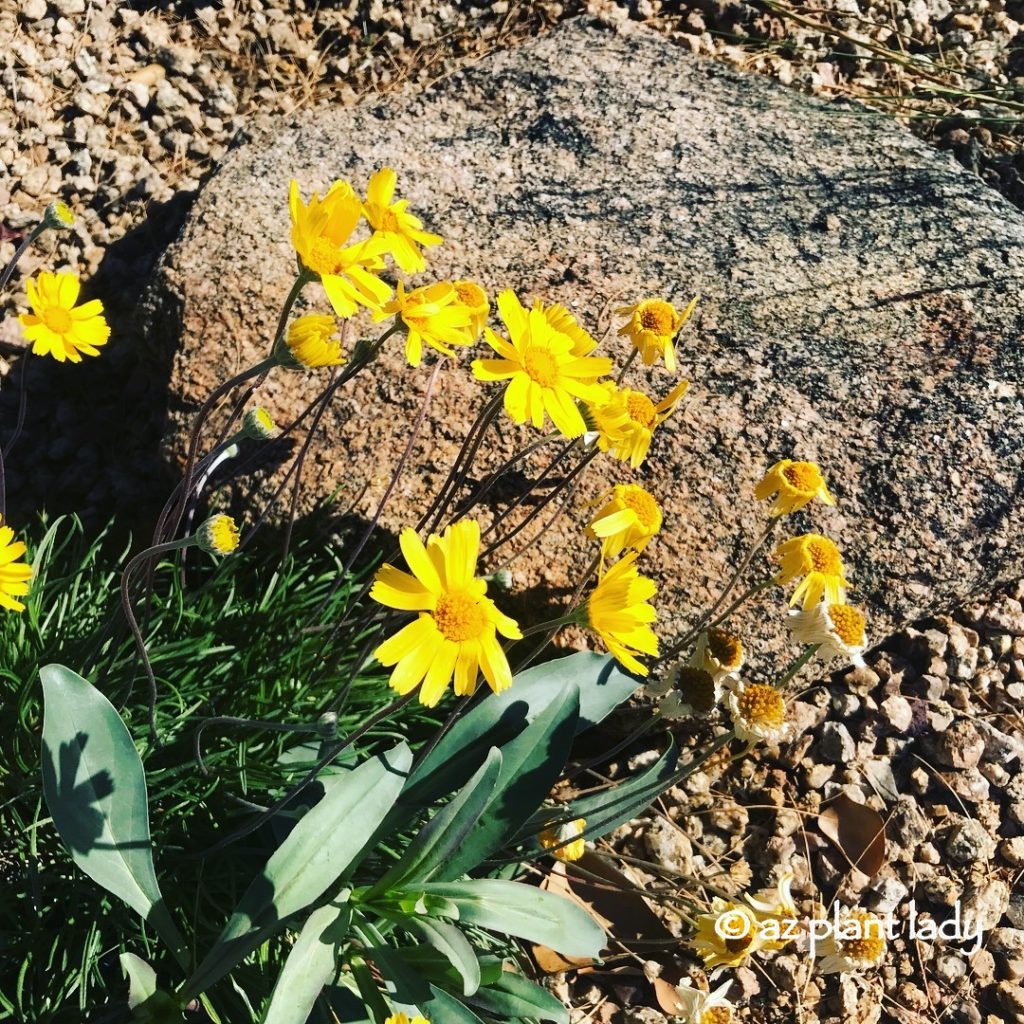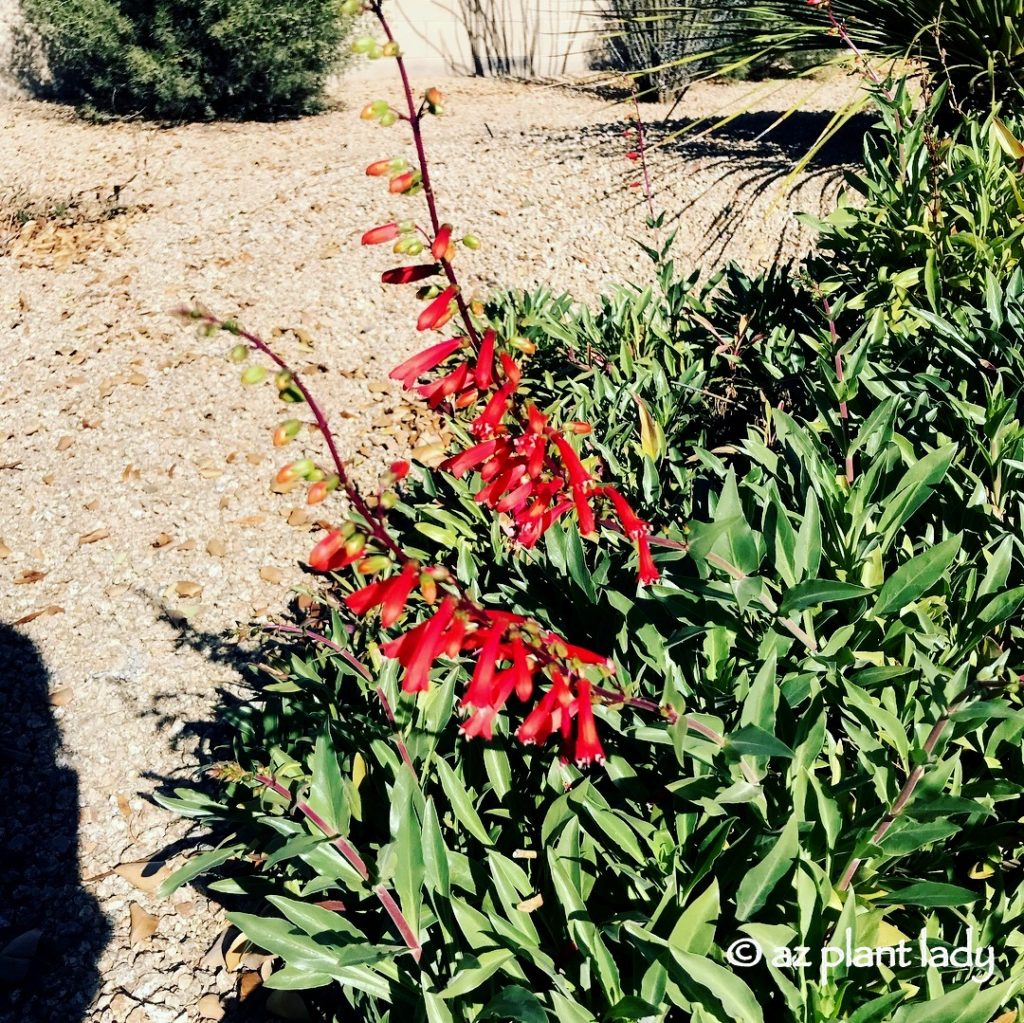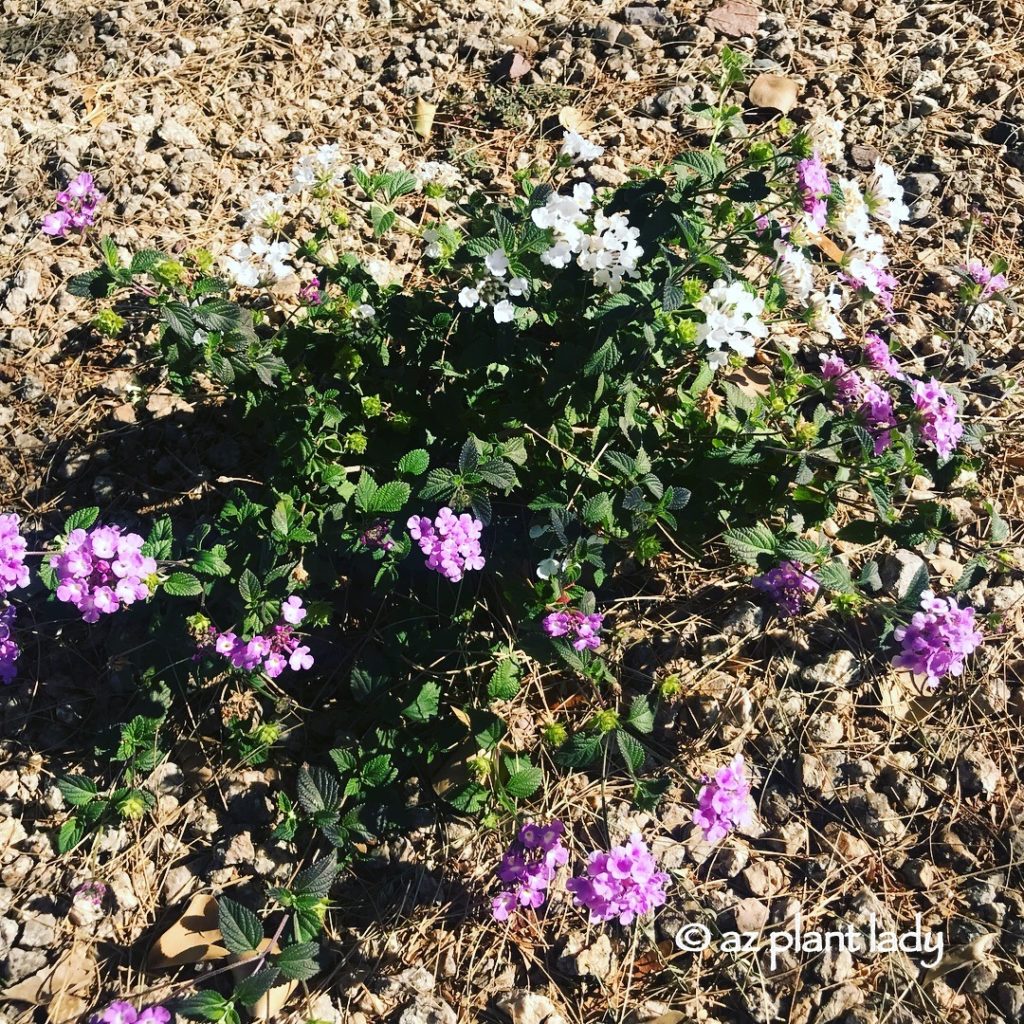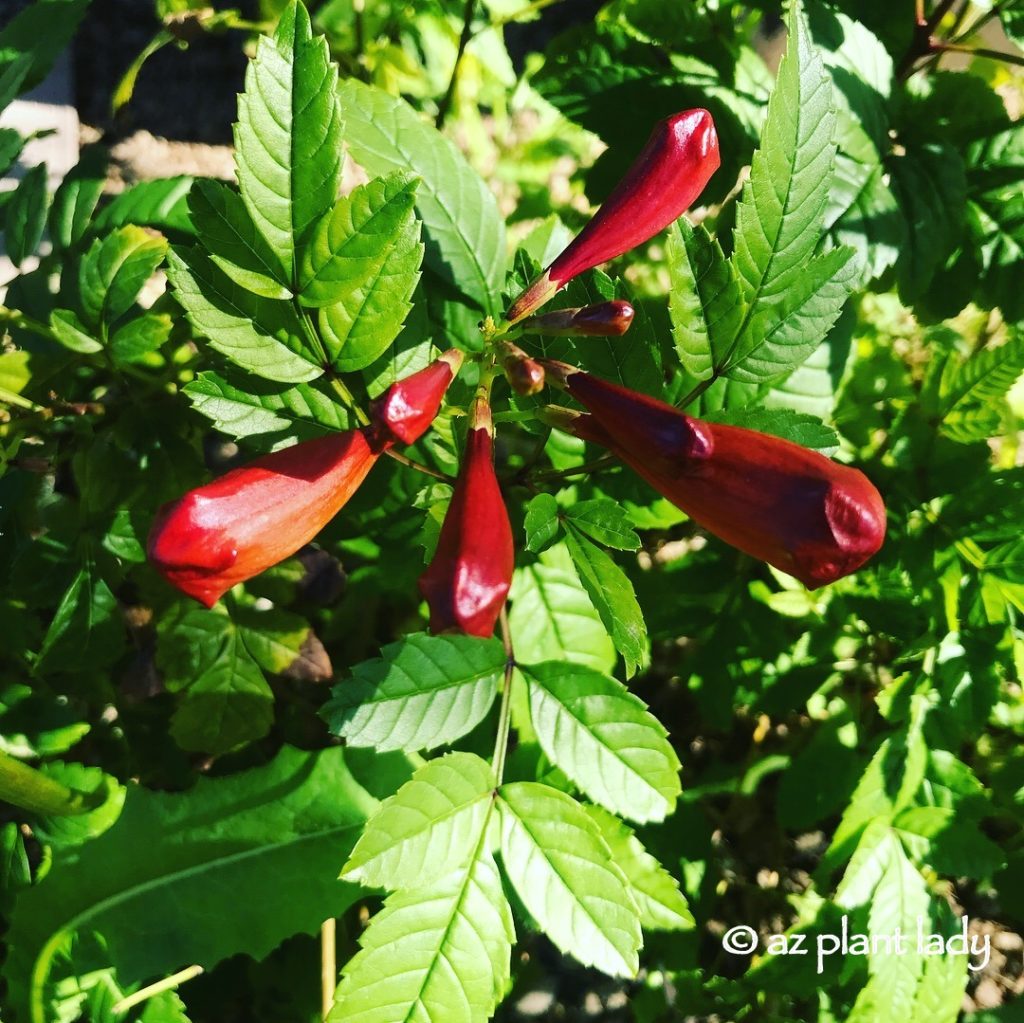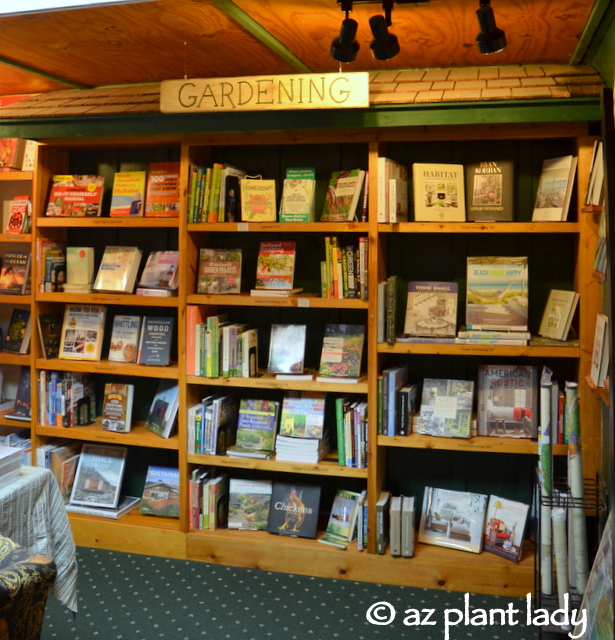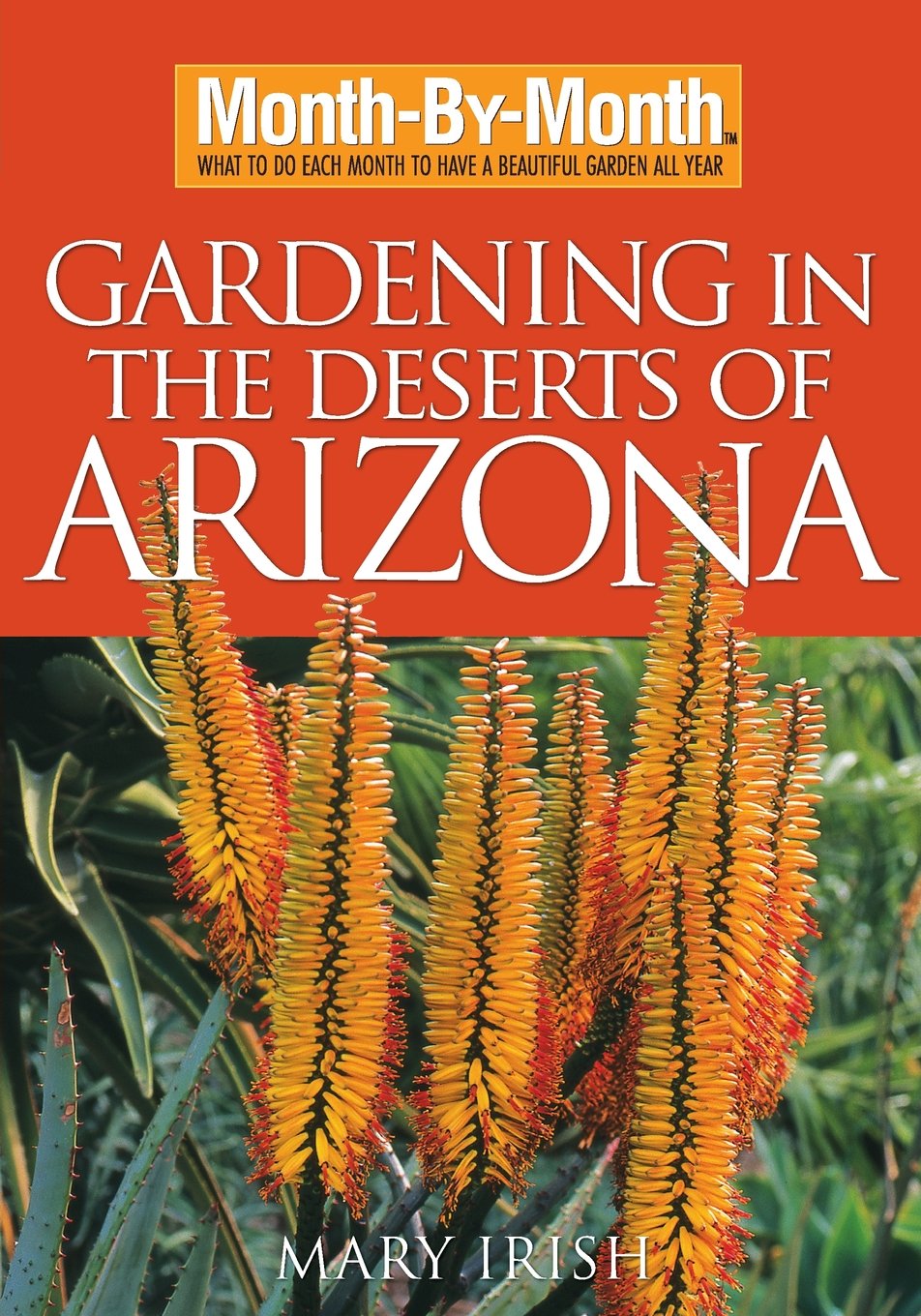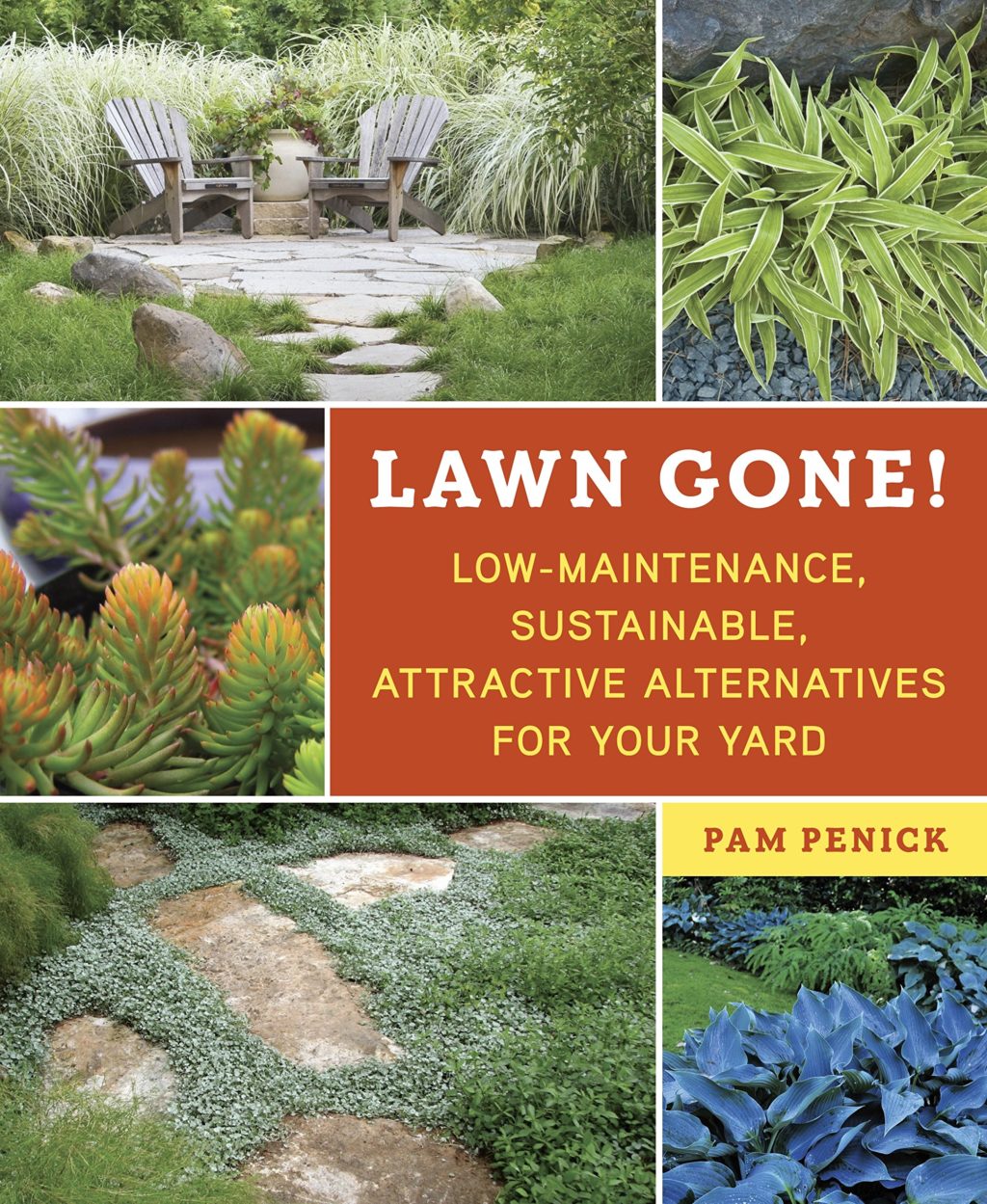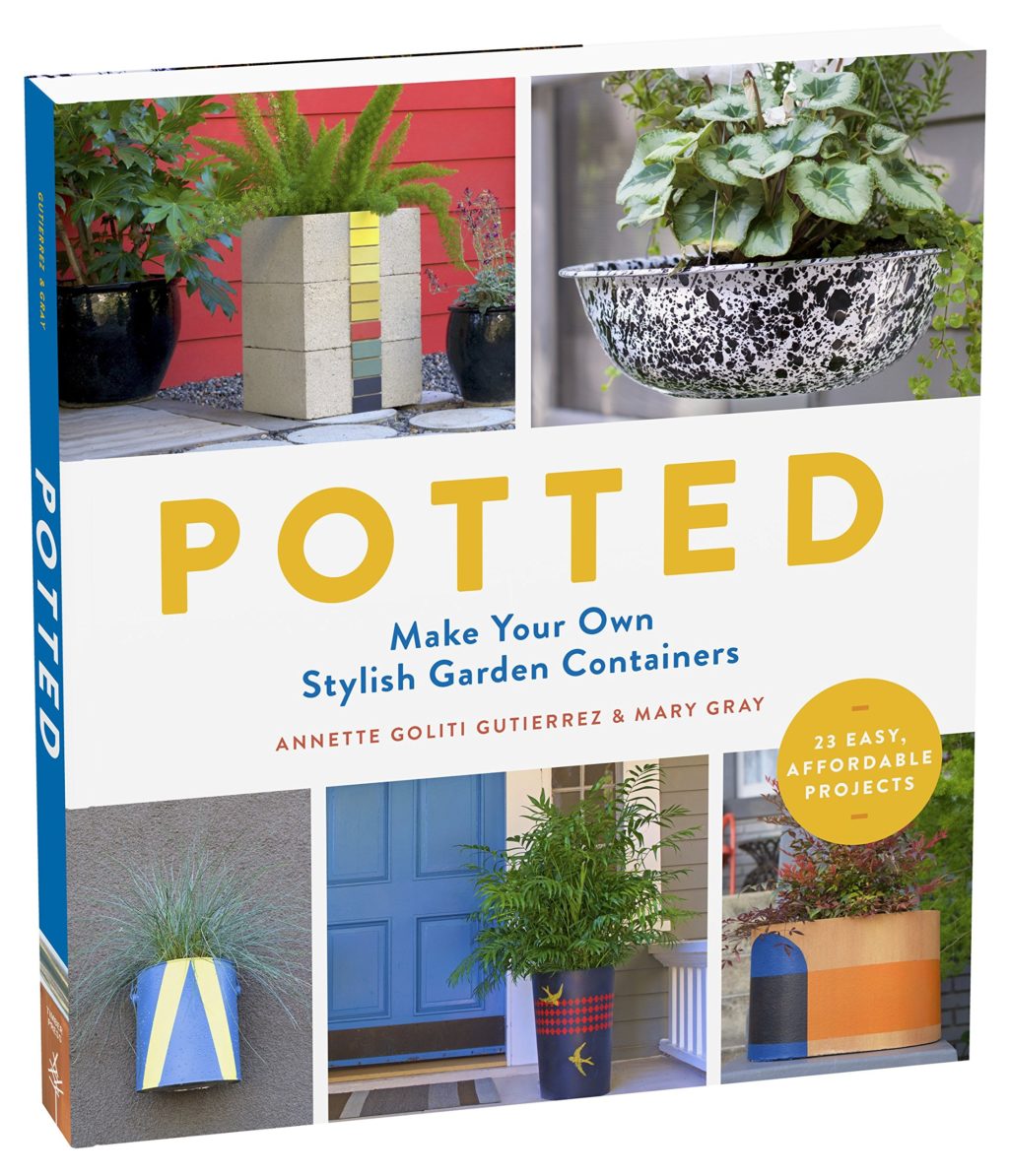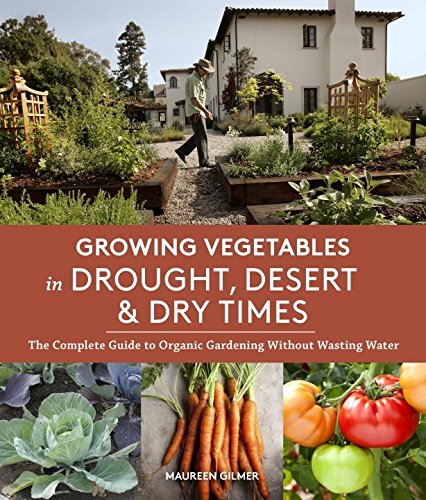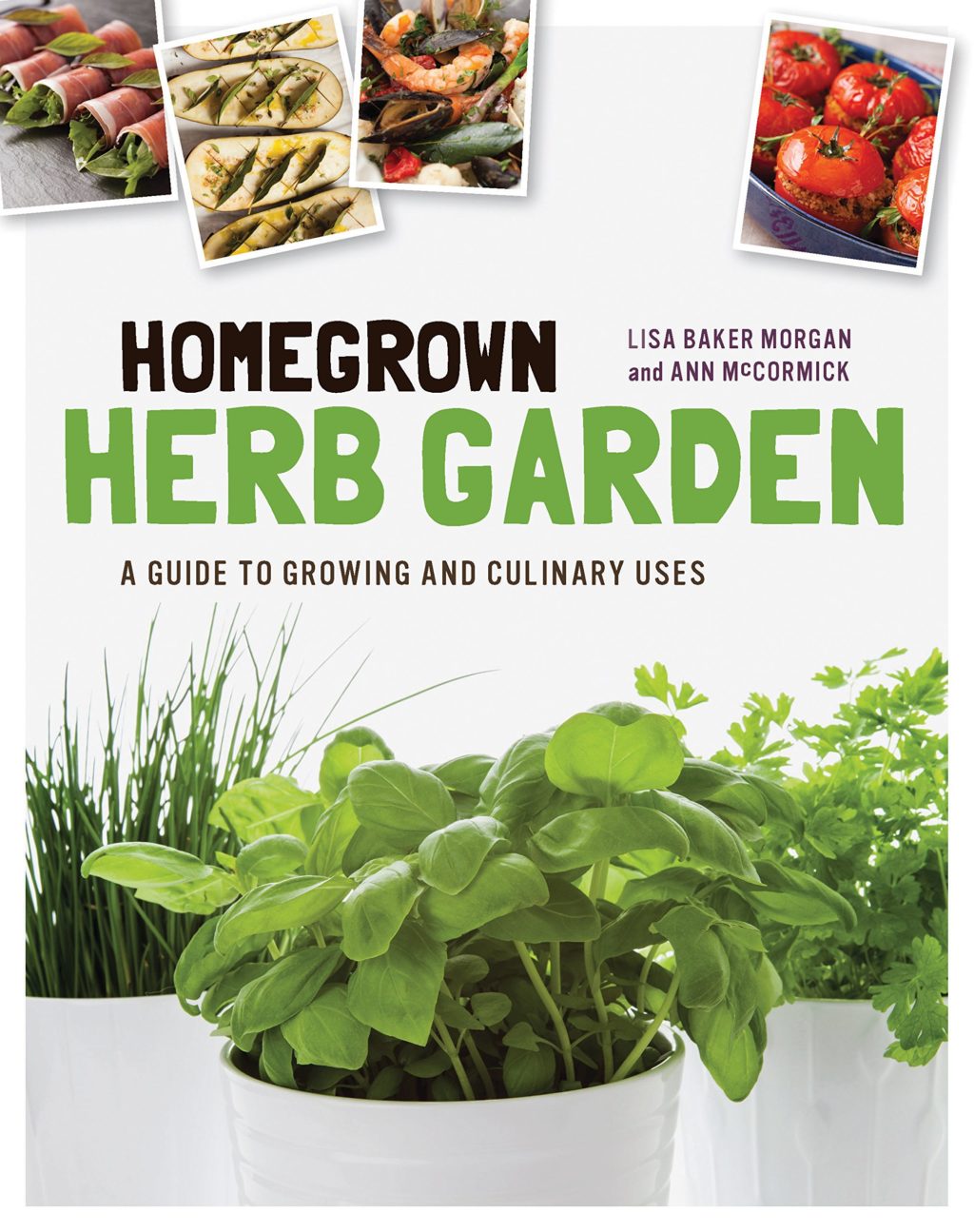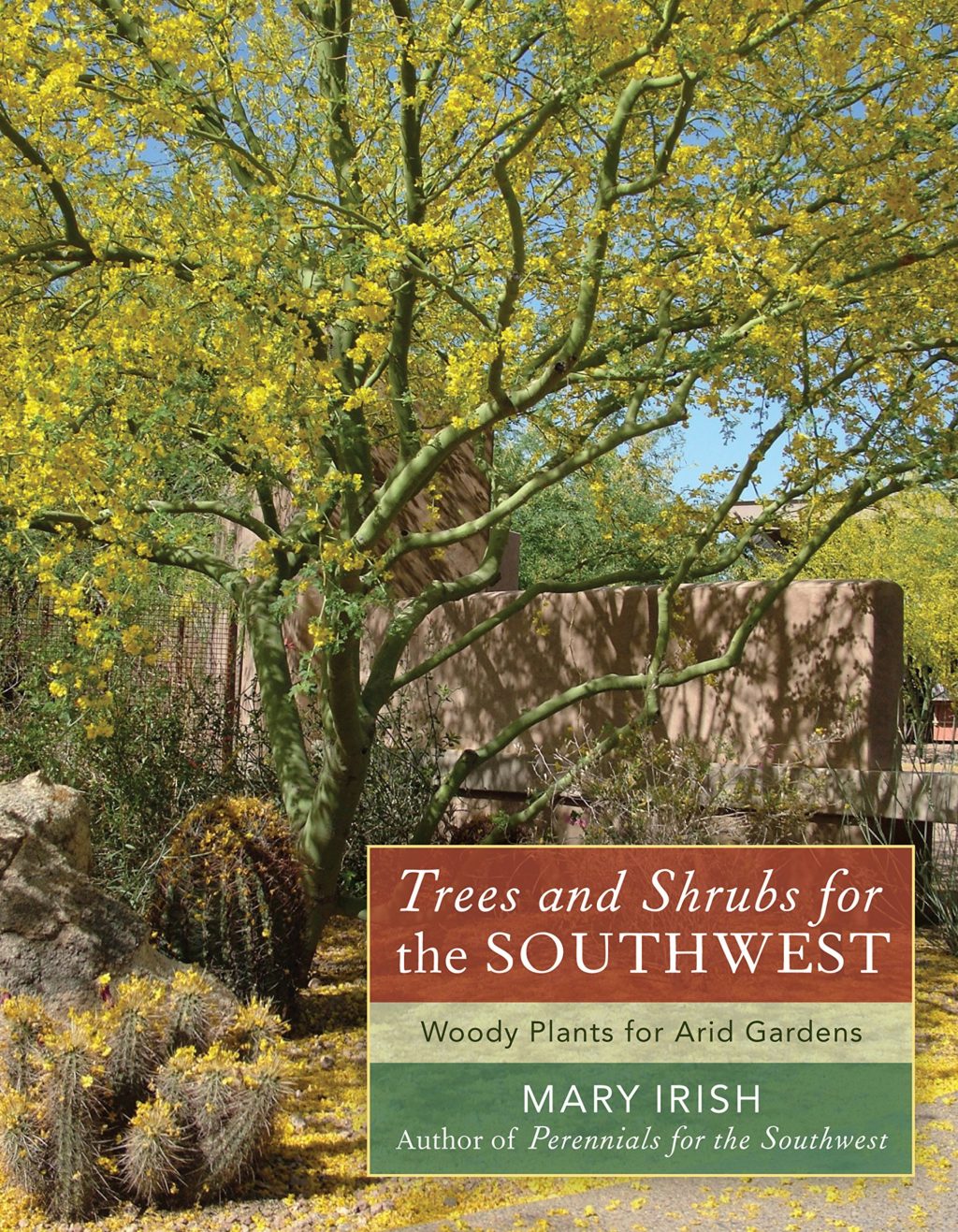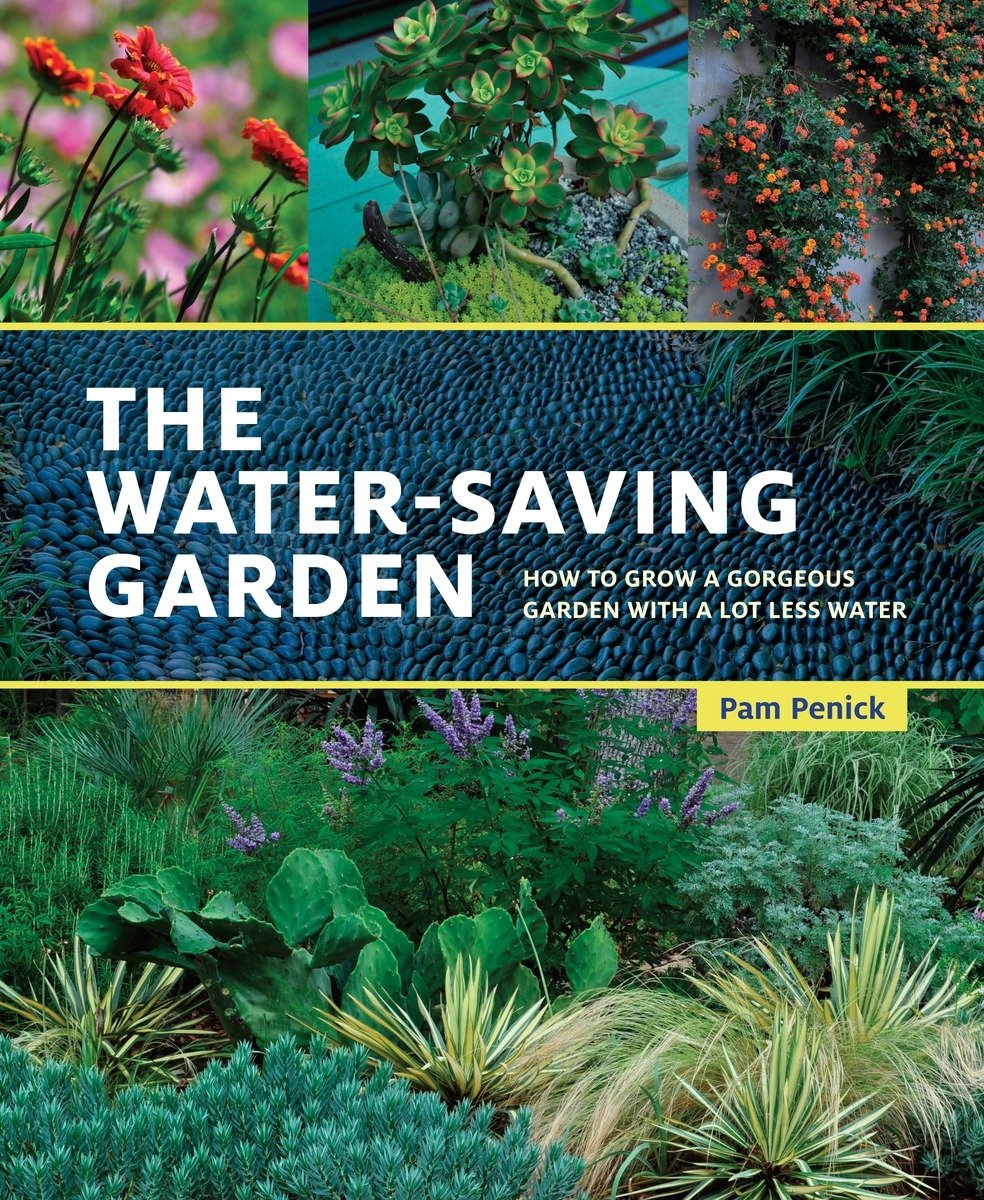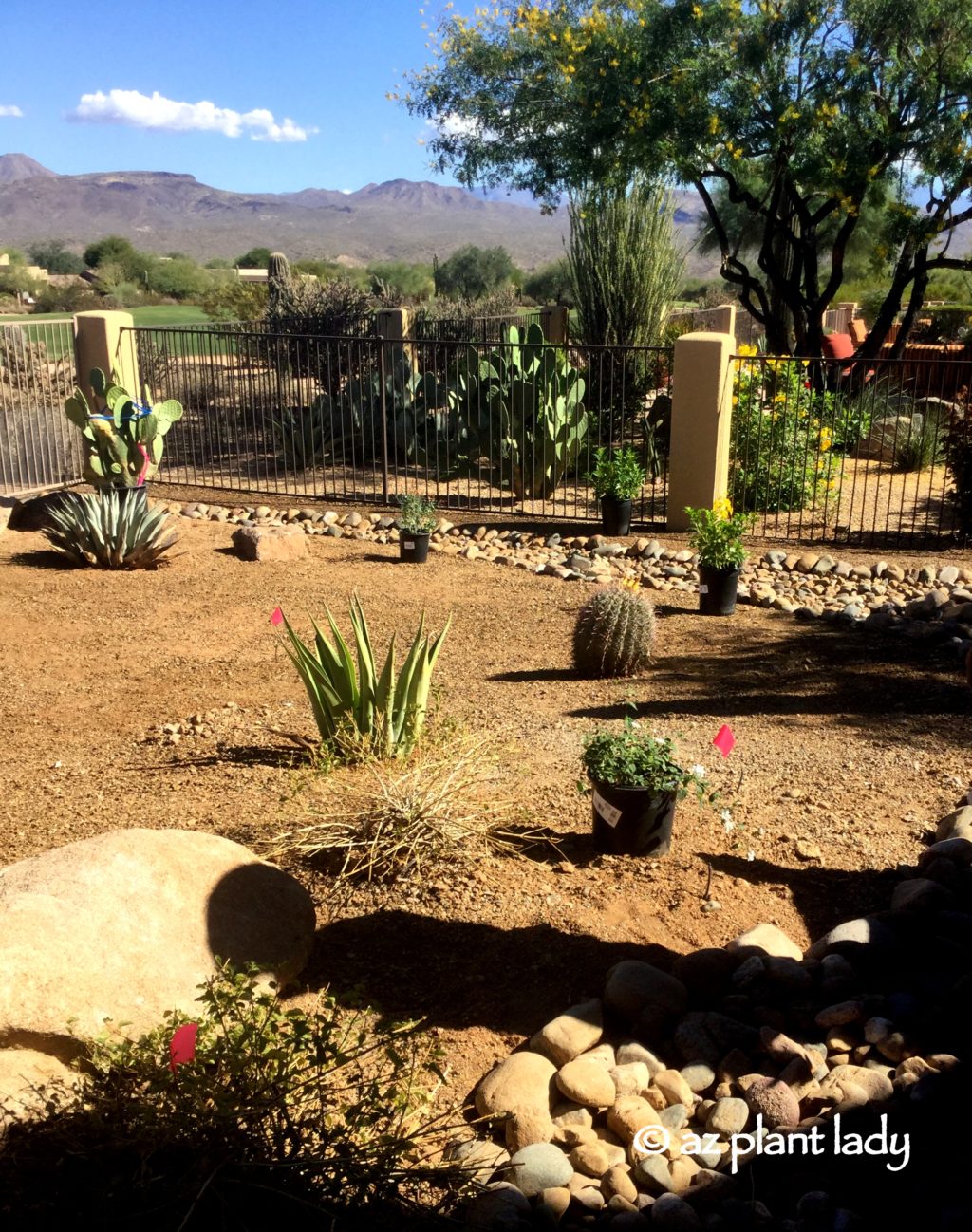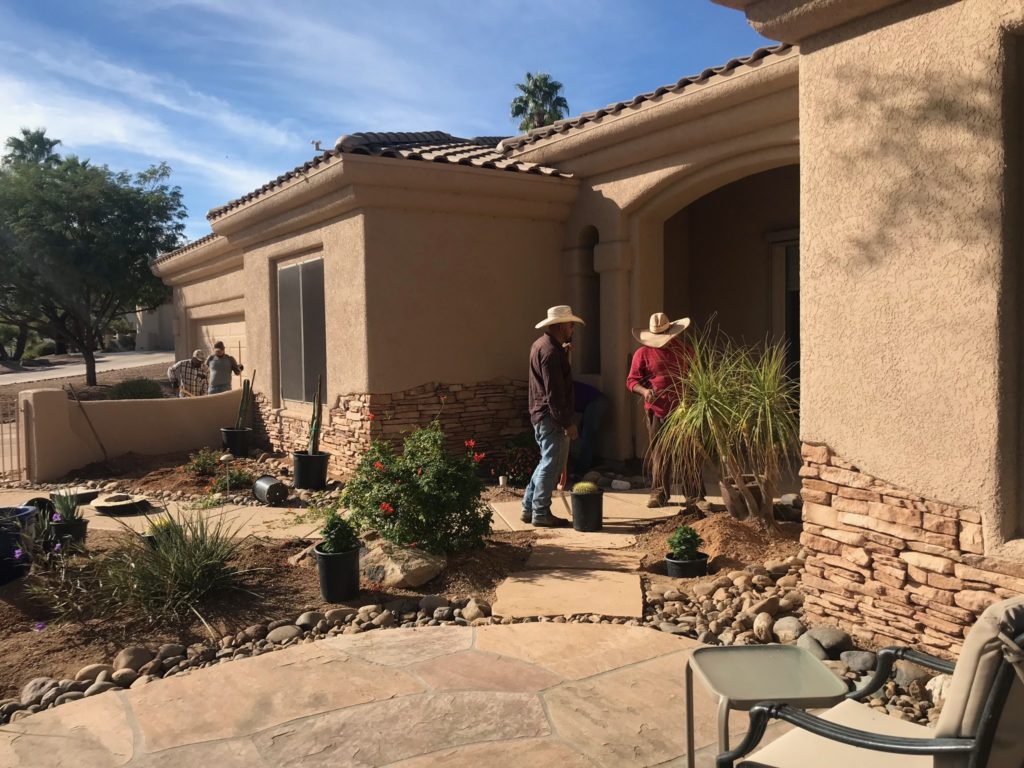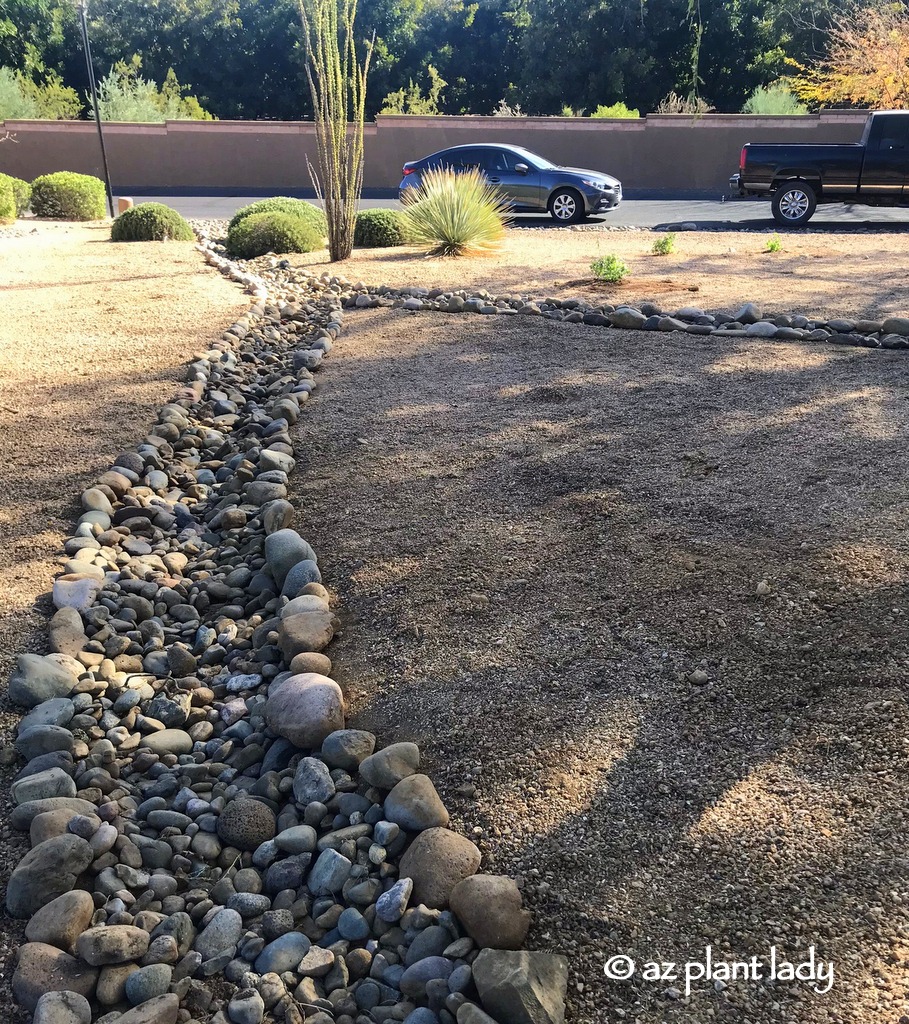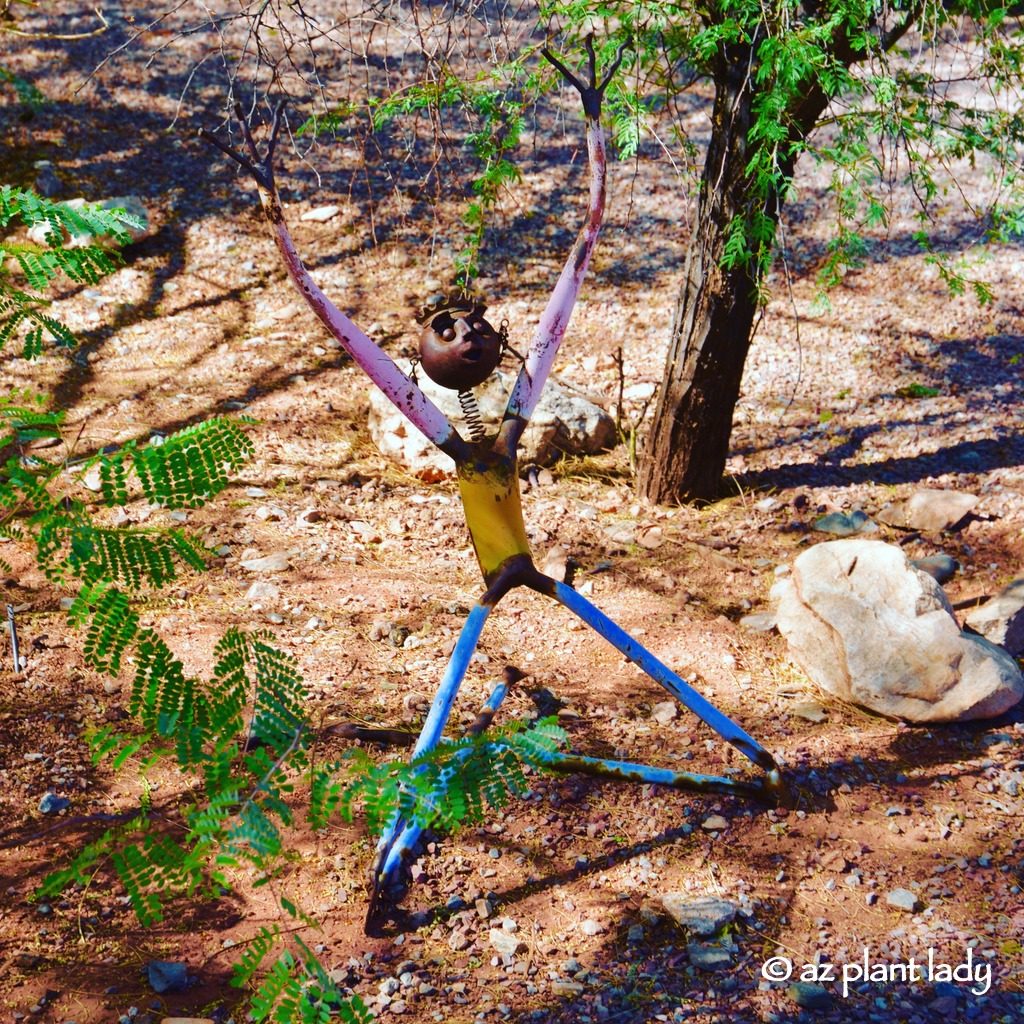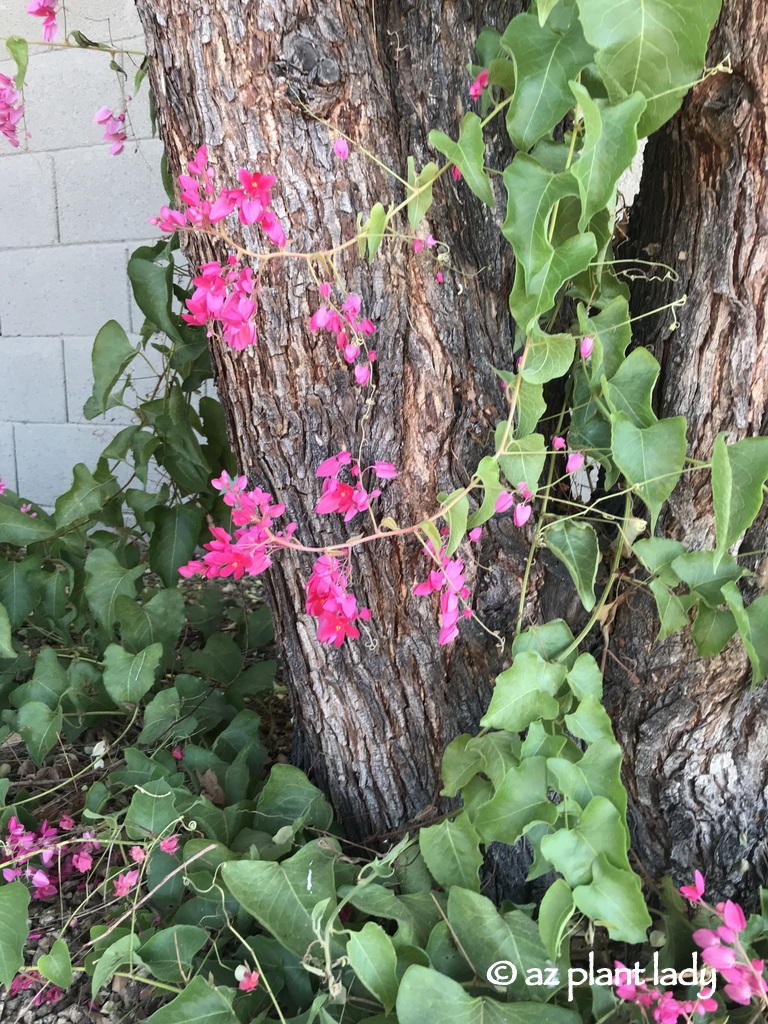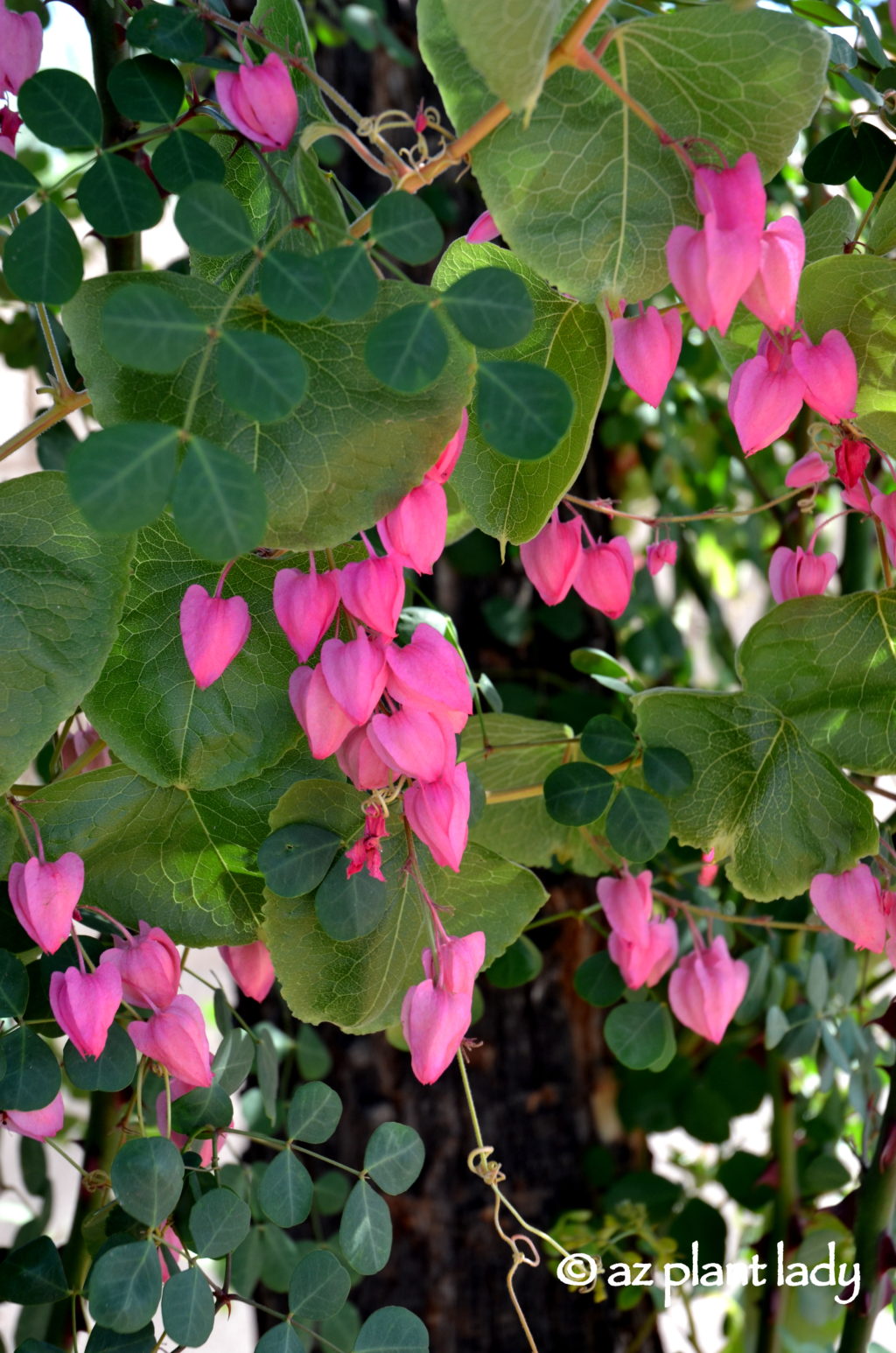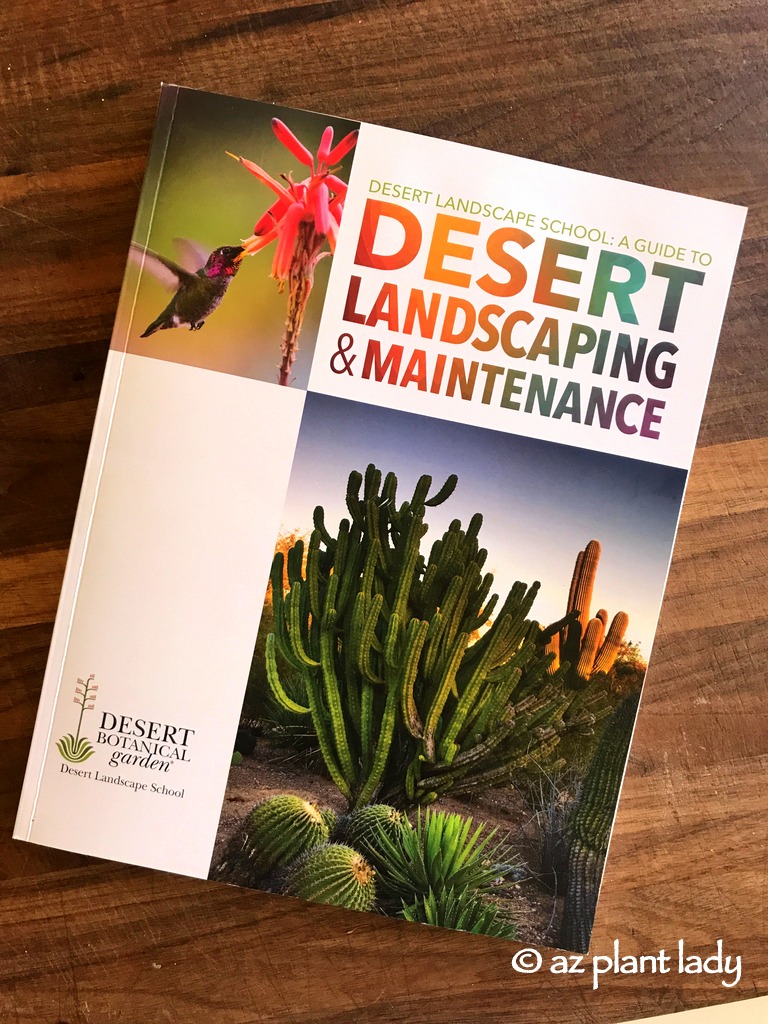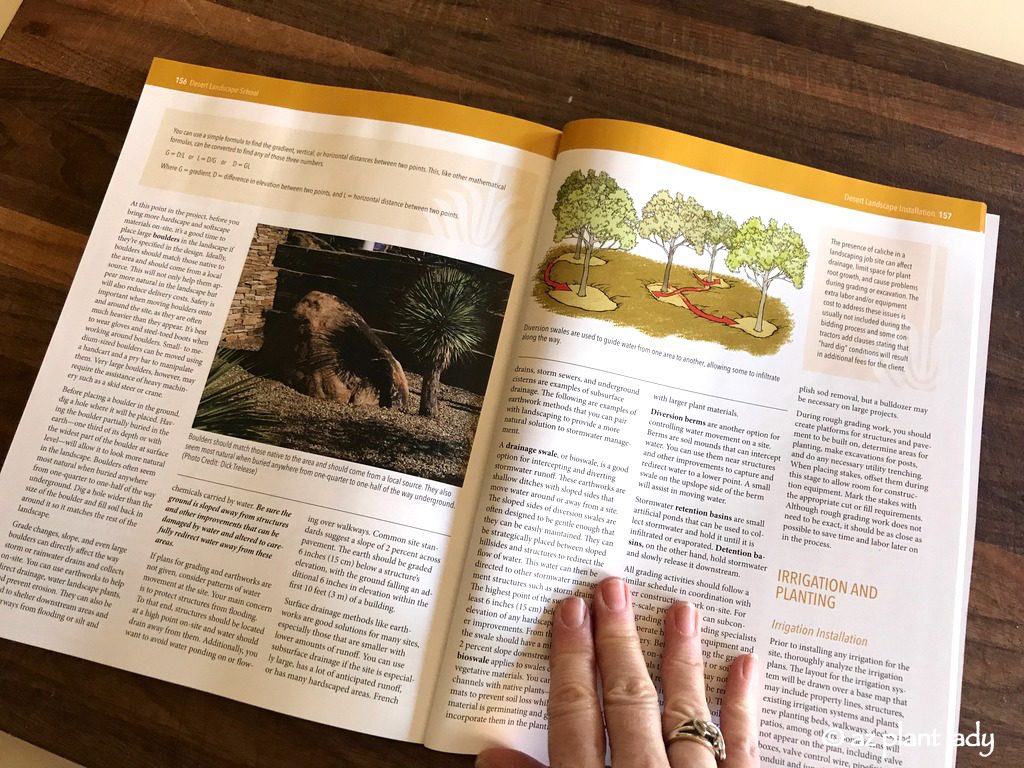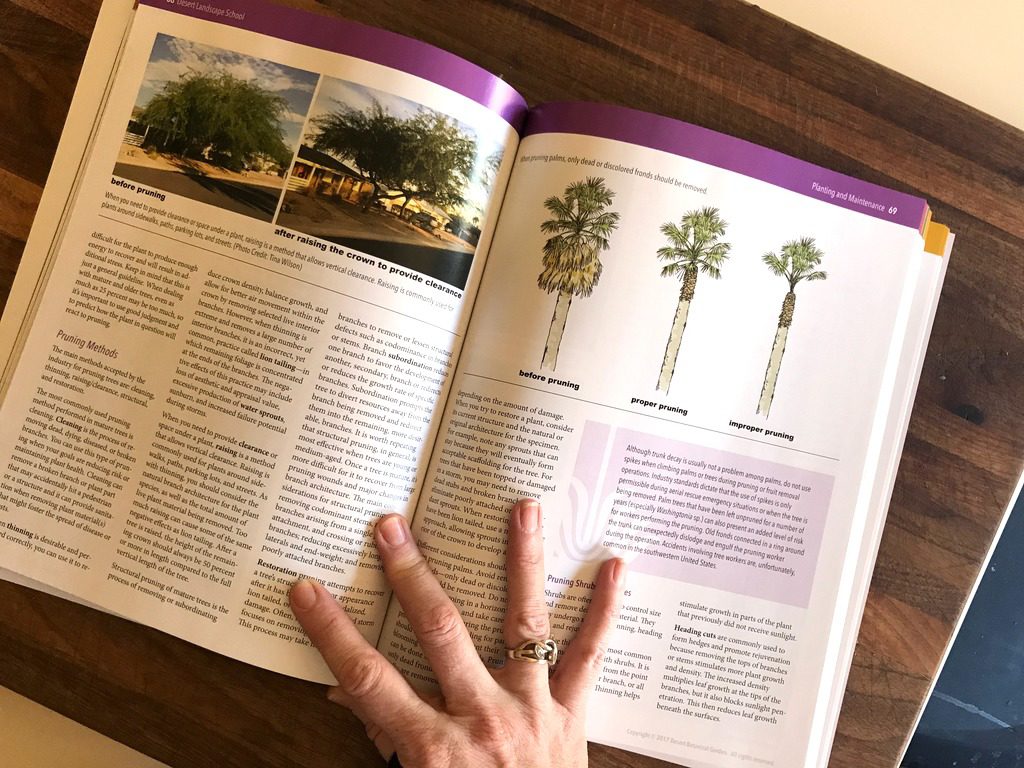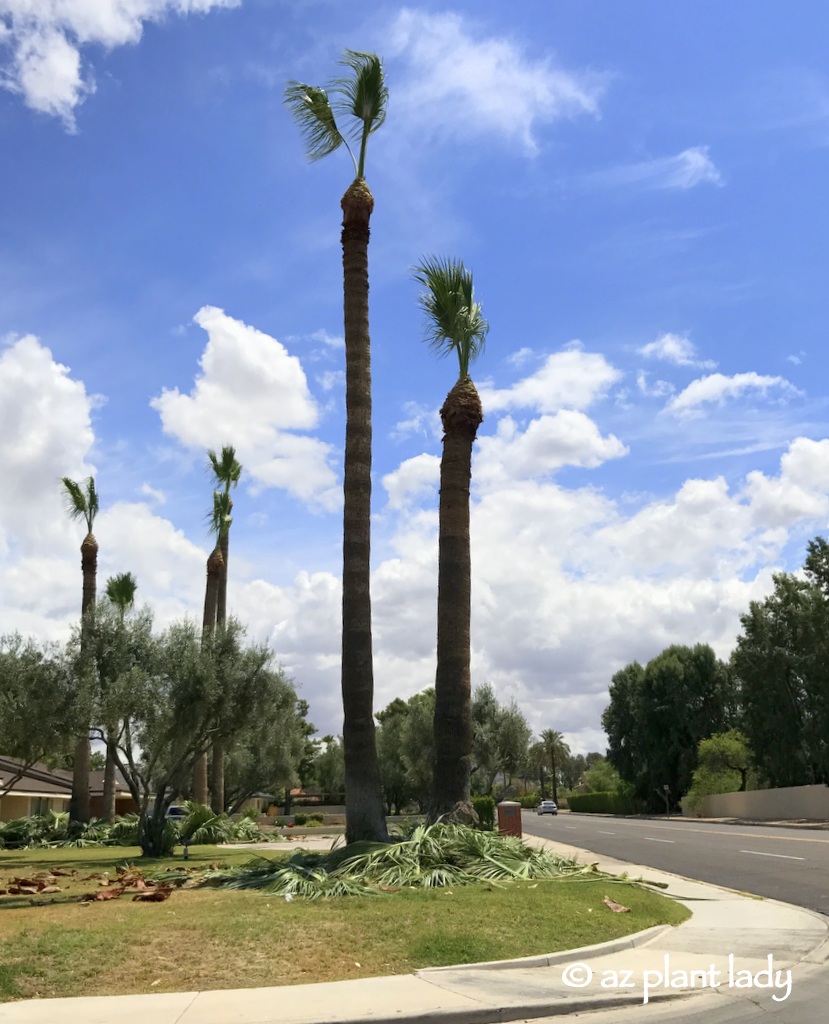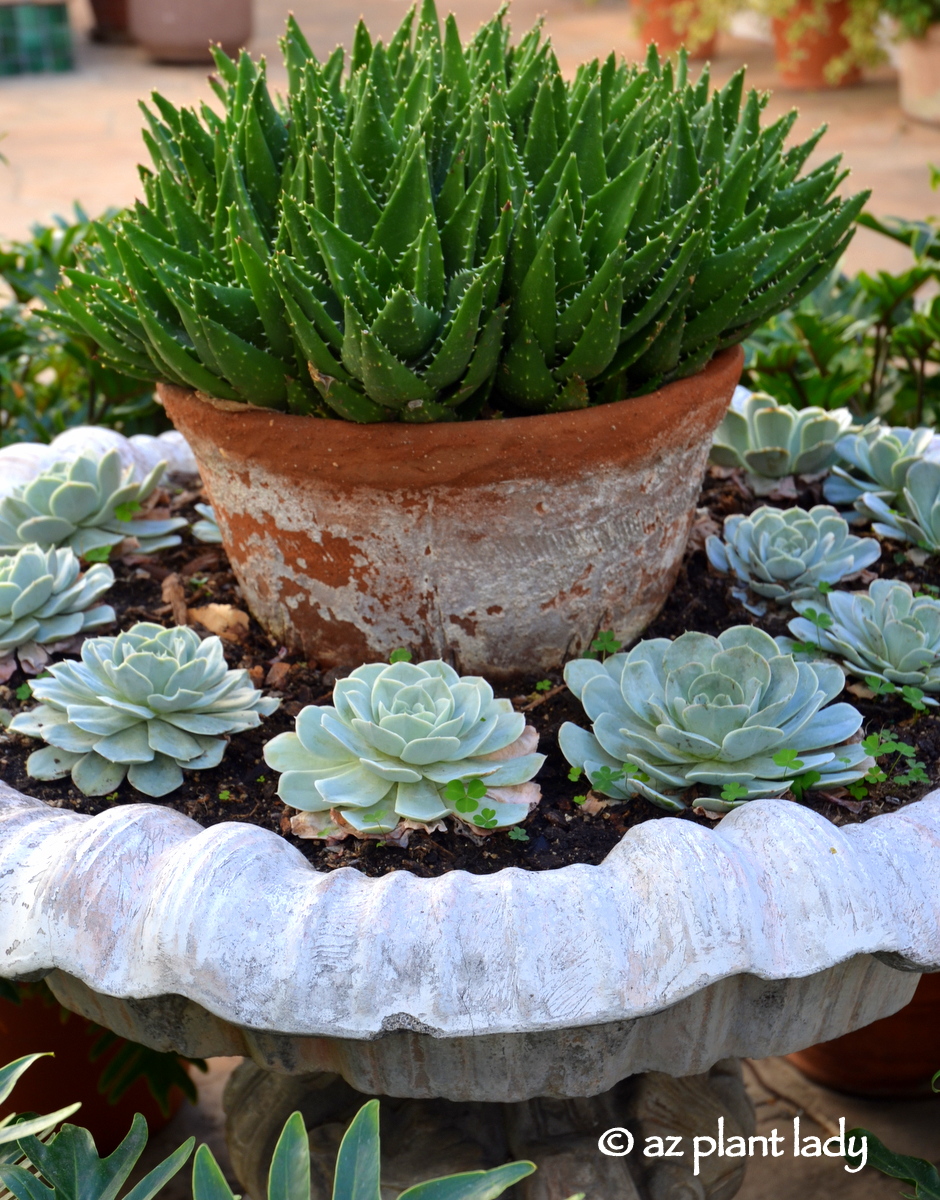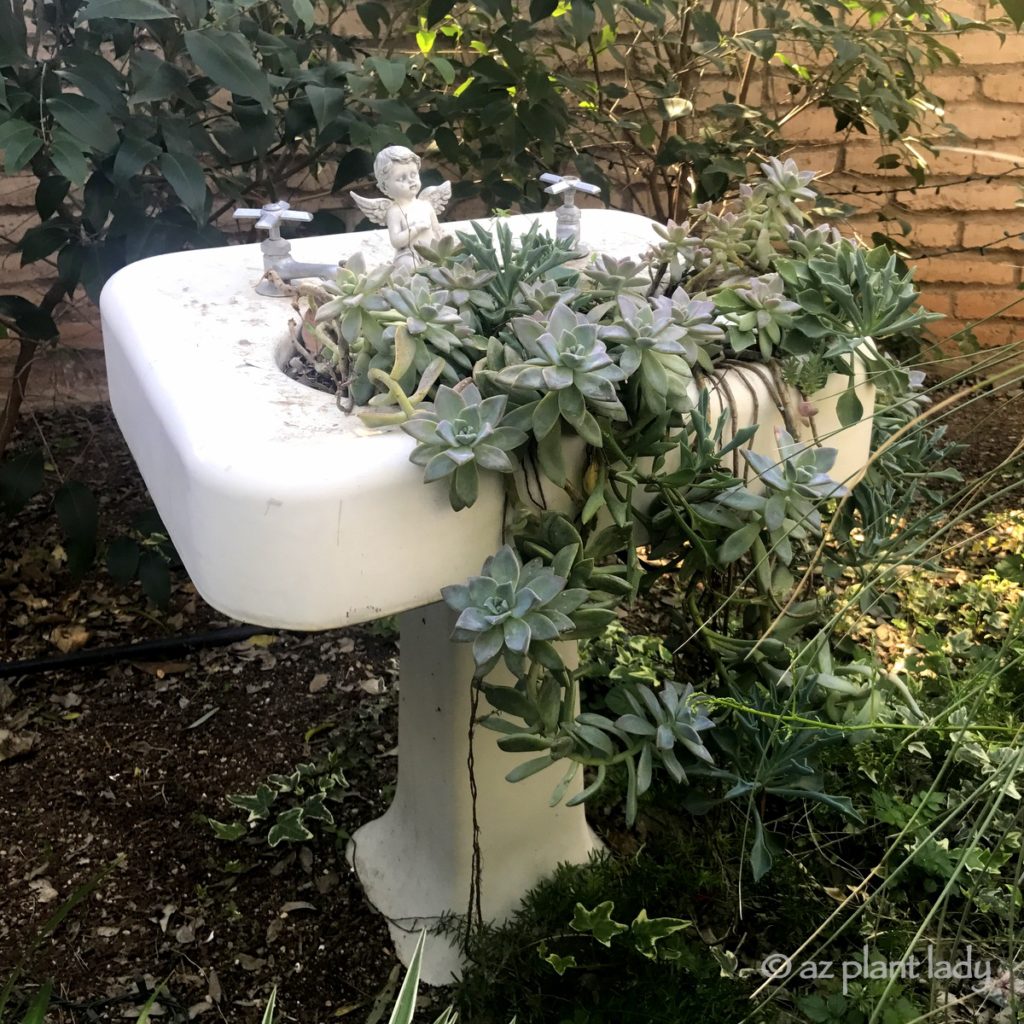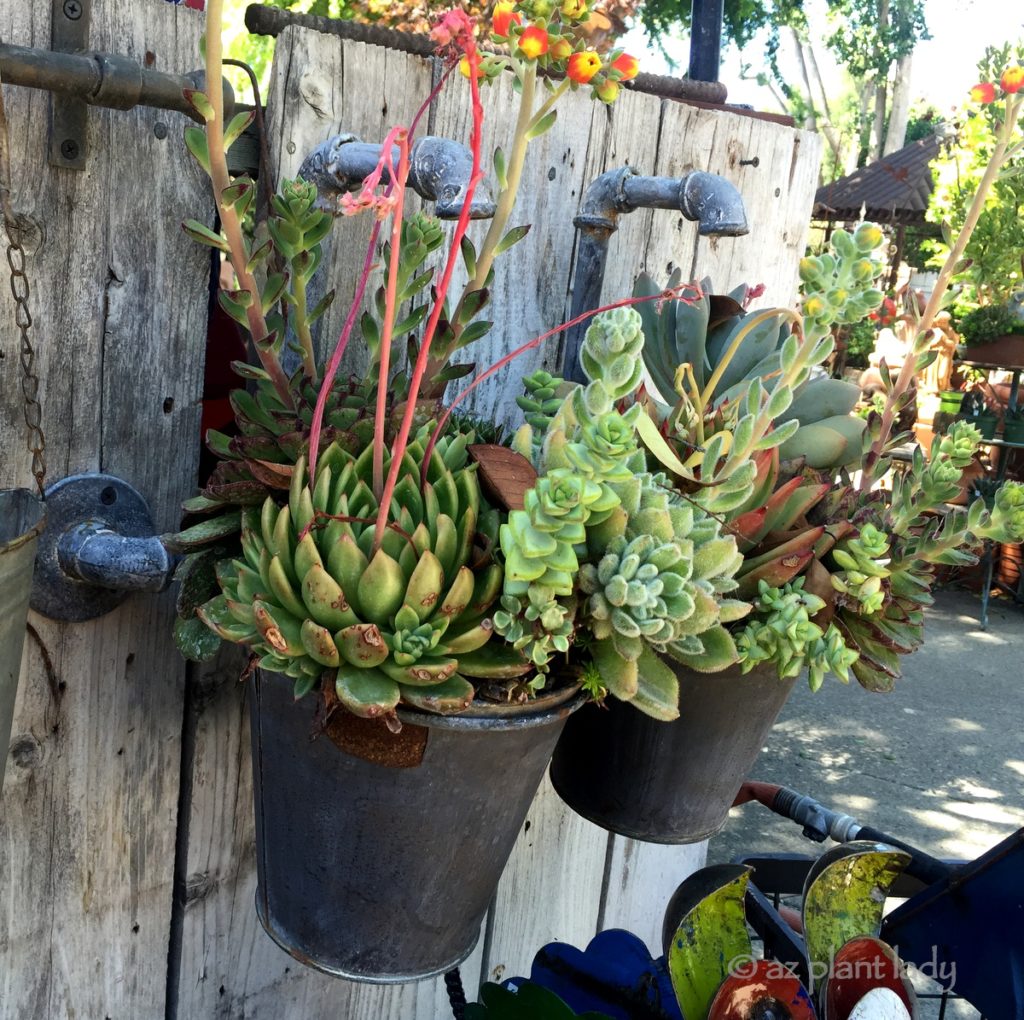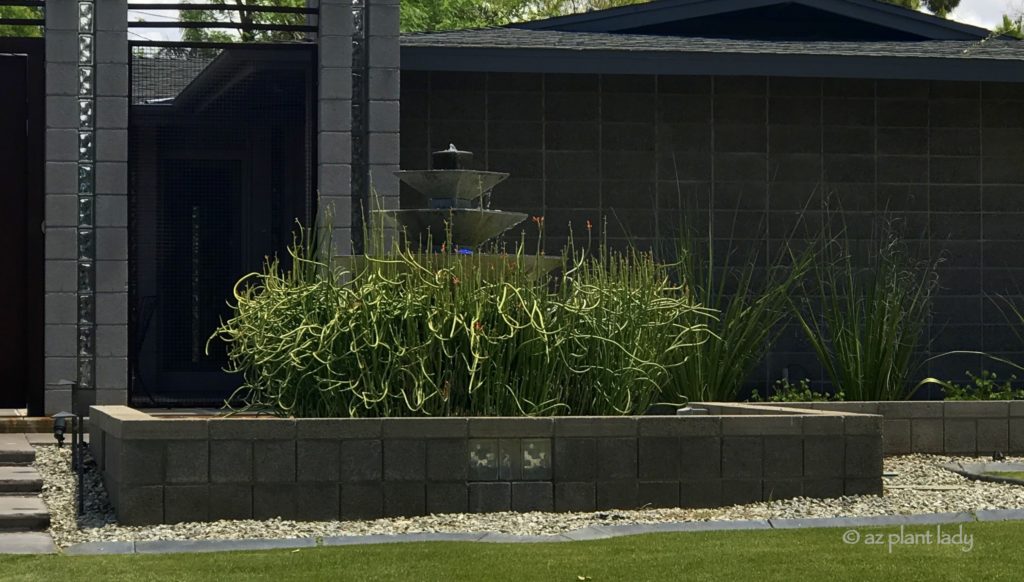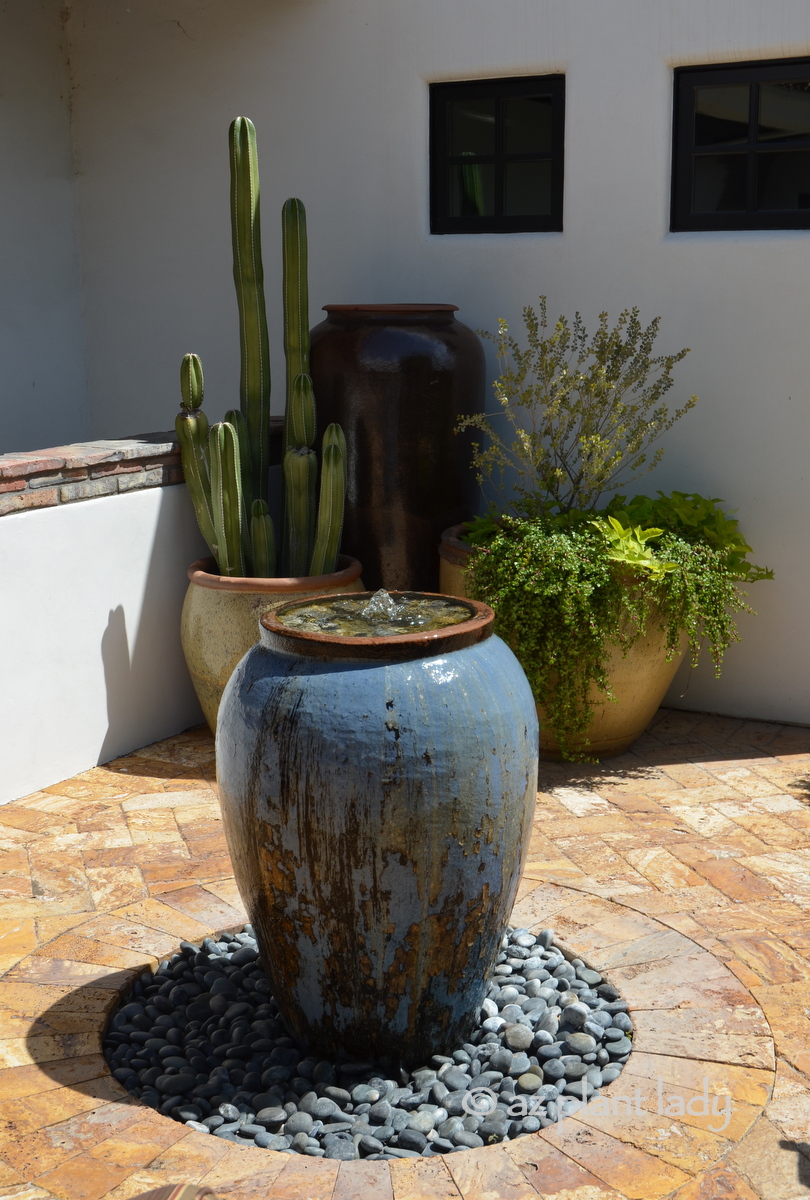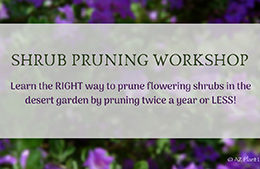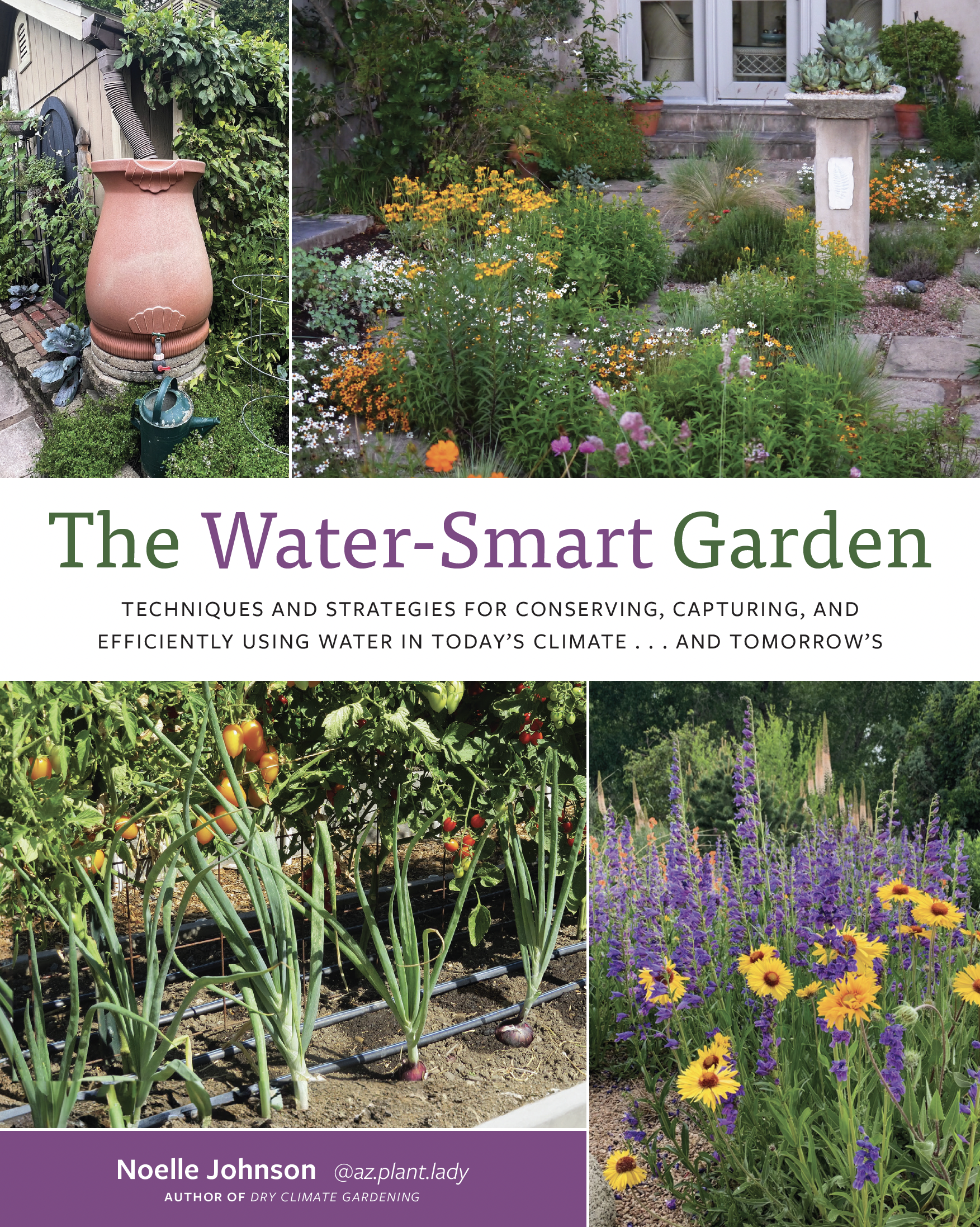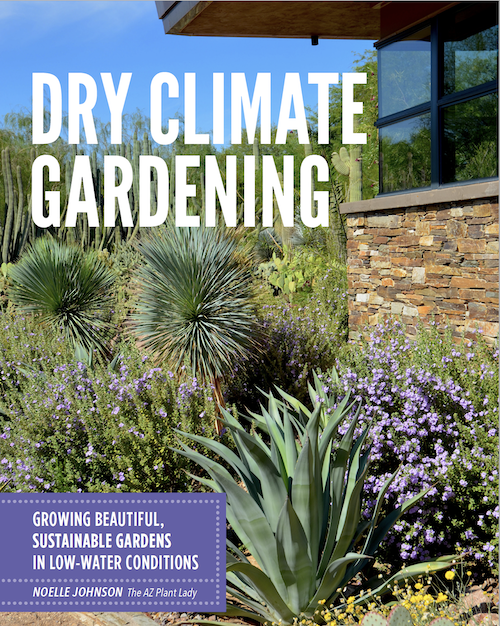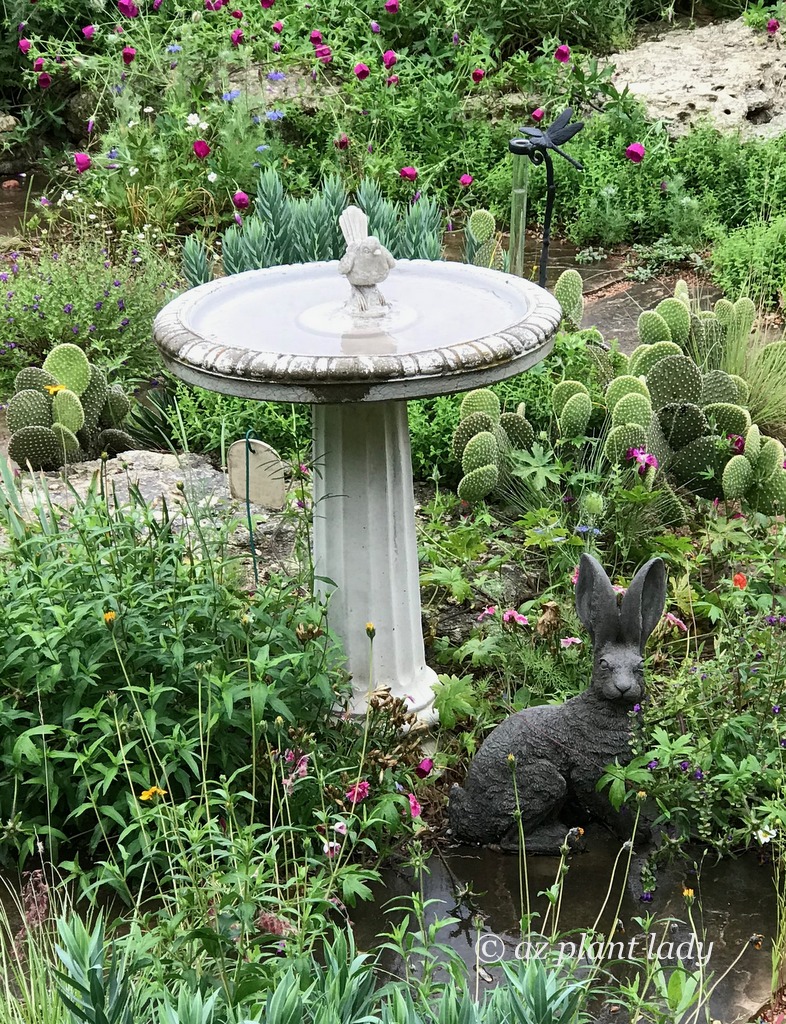
Exploring the Charm of an English Garden in Texas
I love English gardens with their lush greenery, colorful blooms, and somewhat untidy appearance. This may be due to my partial English ancestry. I don’t make it to the British Isles as much as I’d like. But there are lovely examples to be found in the U.S. Earlier this month, I had the wonderful opportunity to visit an English garden with Texas flair.
A Texan Adventure: Garden Bloggers Fling in Austin
I was in Austin for the Garden Bloggers Fling. It is an annual gathering of garden bloggers that is held in a different city each year. As you might expect, touring gardens is the focus of the Fling. I couldn’t wait to explore the gardens of this area. Largely because we can grow many of the same types of plants in Arizona.
Embracing Rainy Garden Adventures in the Texas
I woke up, excited for our first day of touring, only to be greeted by torrential rain. I was undeterred with the wet. Equipped with my rain poncho and umbrella, 3.5 inches of rain wasn’t going to get in my way of seeing beautiful gardens.
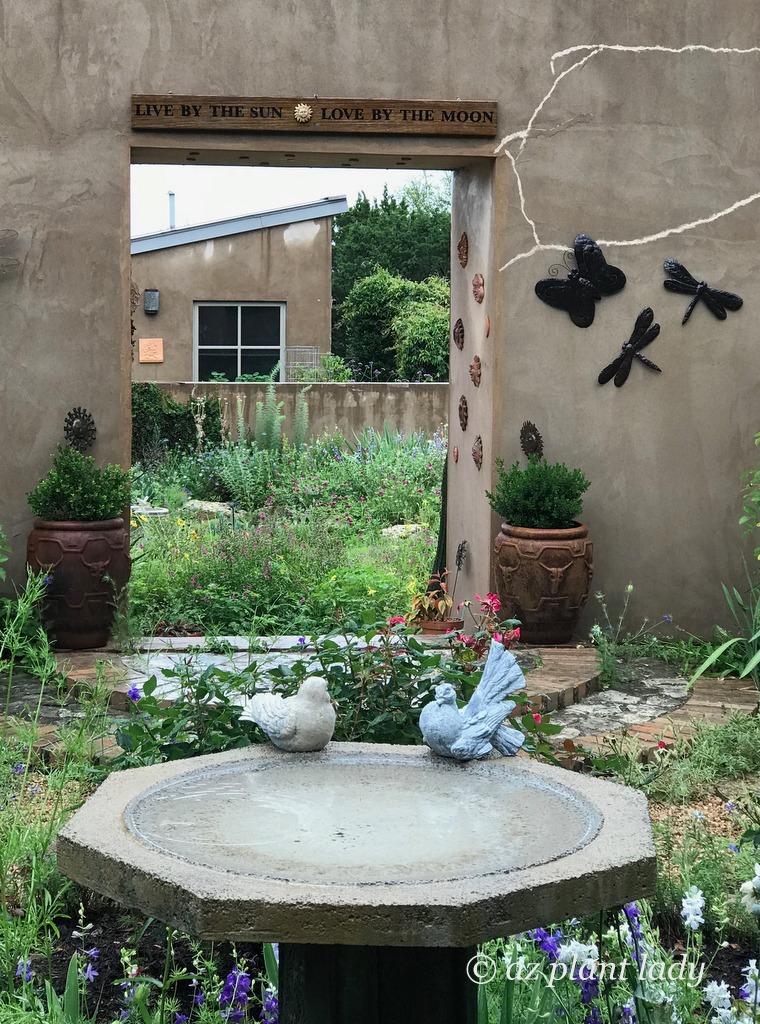
Journey into an “Arts and Crafts Texas-Style Garden with an English Theme”
The garden of Jenny Stocker, who blogs at Rock Rose, was my favorite destination of the day. She describes her garden as an “arts and crafts Texas-style garden with an English theme”. She has divided her landscape into ‘rooms.’ Many areas surrounded by walls that frame each room while keeping deer away. Doorways provide a tantalizing glimpse into the next room, encouraging visitors to embark on a journey of discovery.
Exploring the Beauty of Texas-English Garden Rooms
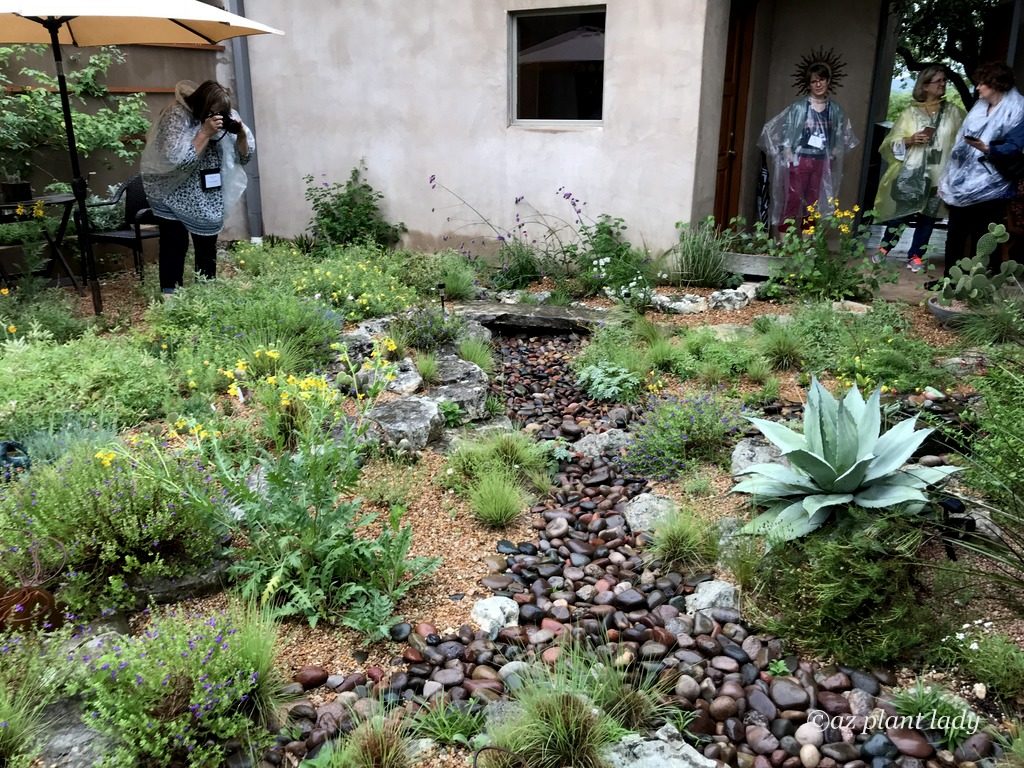
A dry creek bed meanders through this garden room where it is surrounded by both native and adapted plants that thrive despite a thin layer of soil that lies over rock.
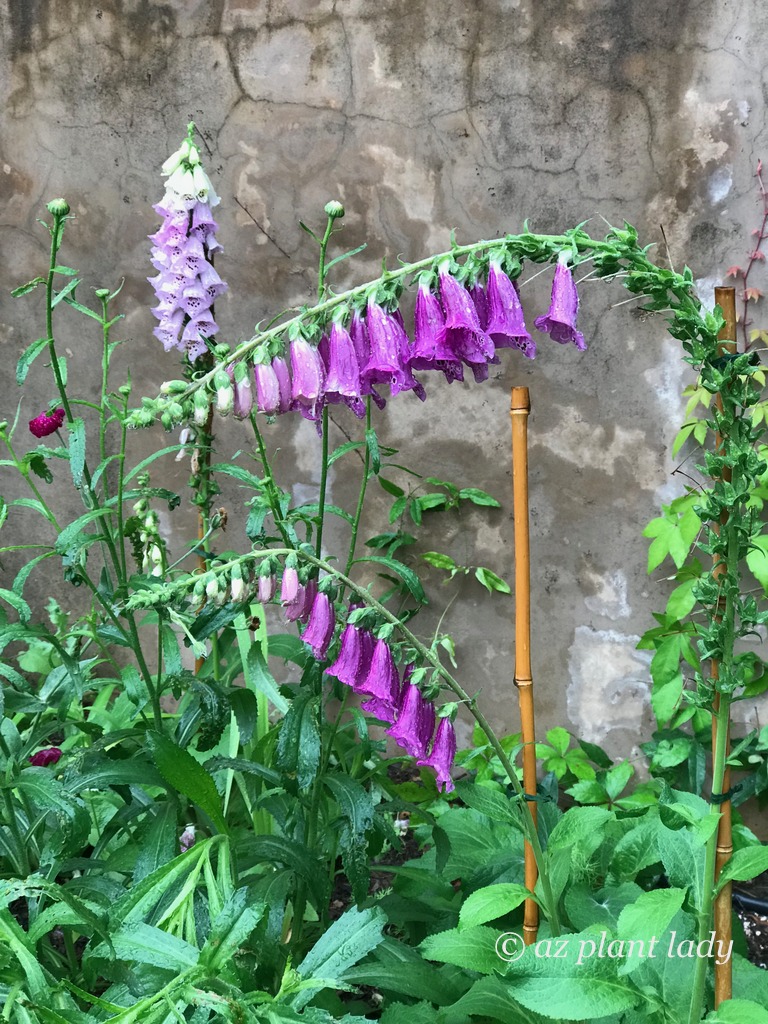
Plants, like this foxglove, droop gracefully under the continuing rainfall and with every step through the garden, my feet were squishing in my wet shoes, but it was easy to ignore the discomfort with all the beauty surrounding me.
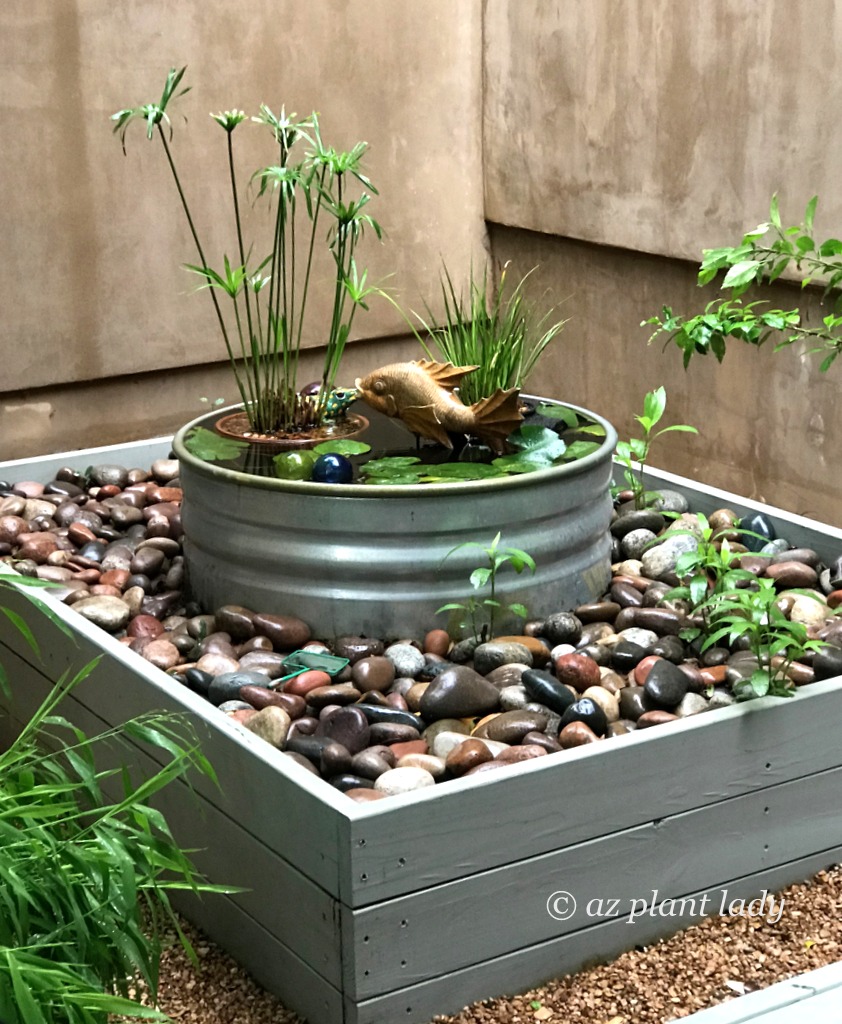
A small water feature, complete with water plants and a fish, create a welcome focal point.
Potted Wonders: Adding Visual Interest to the Texas-English Garden
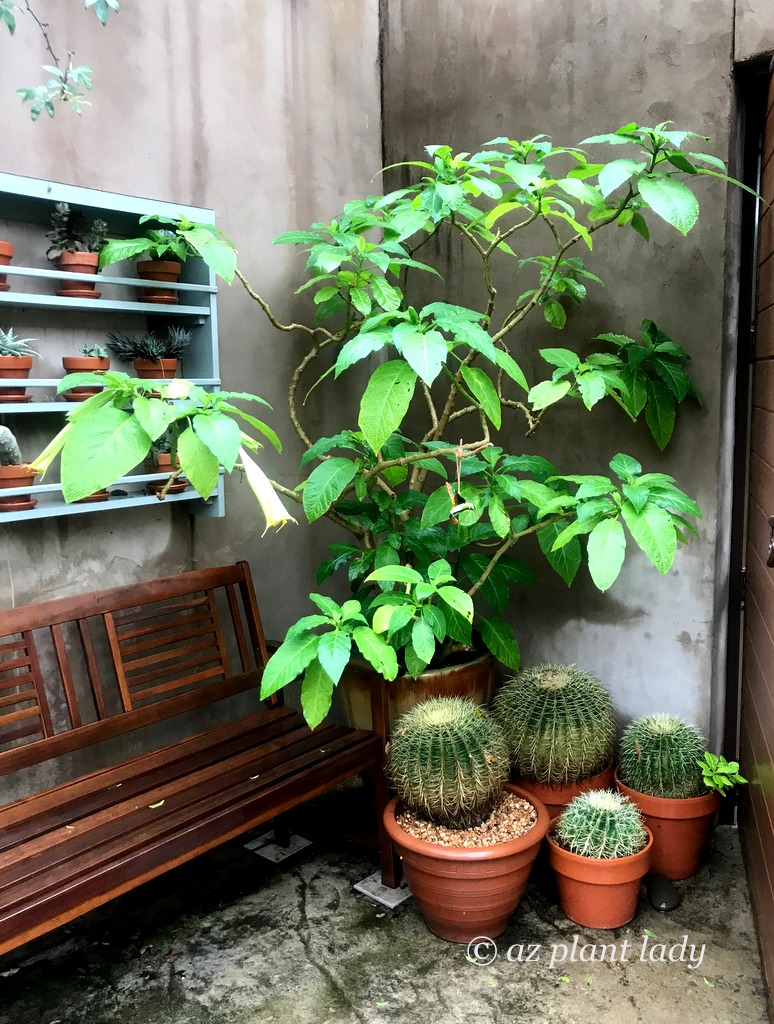
Potted plants like this potted brugmansia and golden barrel cactuses add visual interest to an alcove. Did you know that golden barrel cactus are native to Texas and Mexico? Many of the plants we grow in Arizona come from these regions.
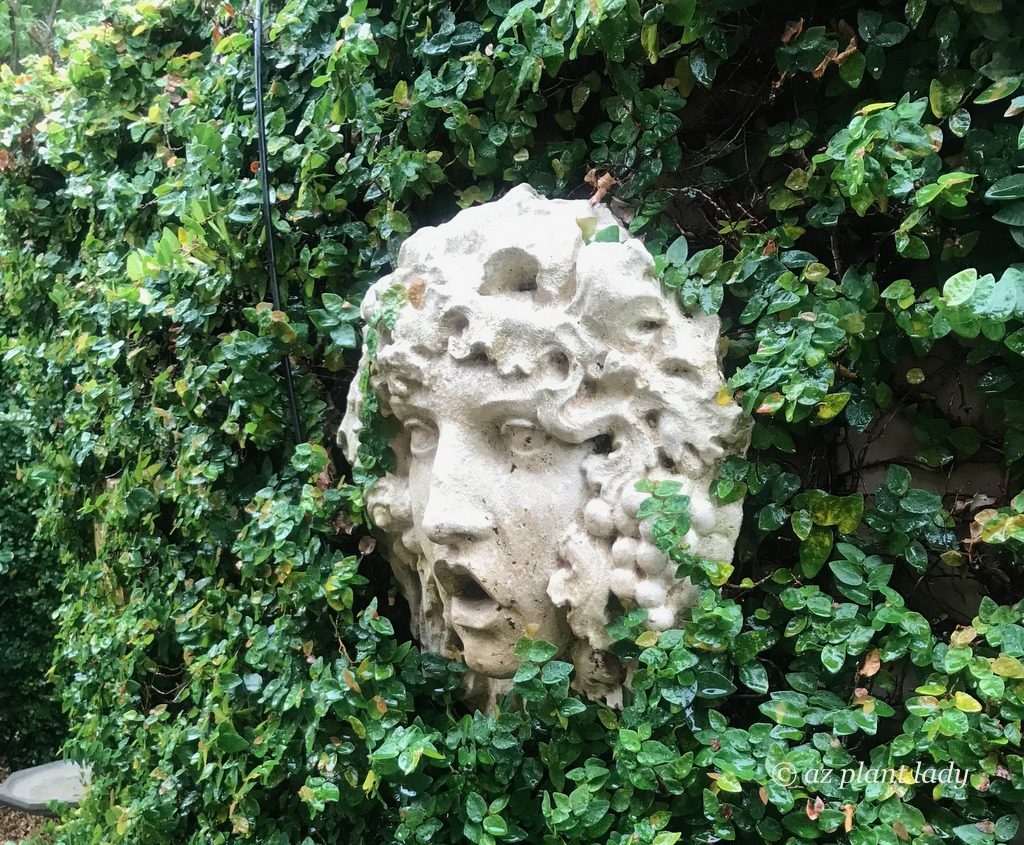
An angelic face peeks out from a wall of creeping fig, which grows well in the desert garden in shady locations with adequate water.
A Unique Swimming Pool: Blending Nature and Water Features
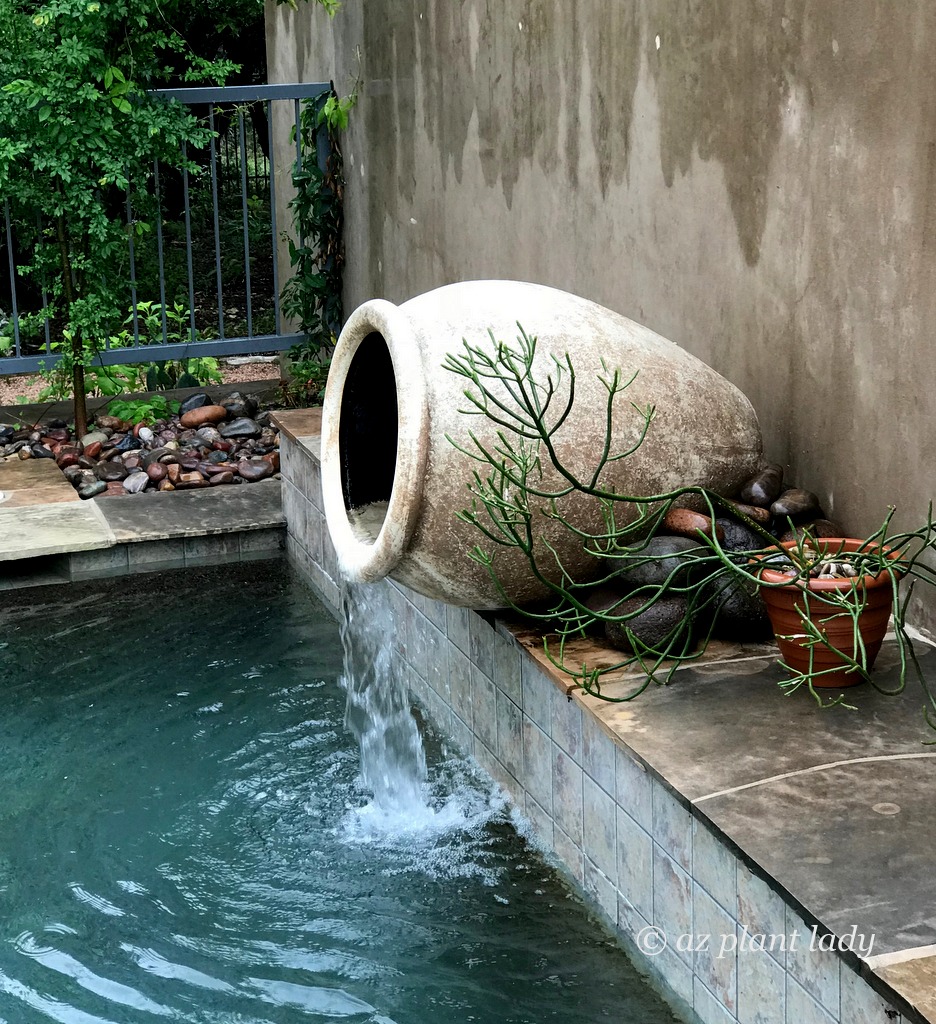
An overturned pot spills water into the pool, providing the lovely sound of water while creating a lovely focal point.
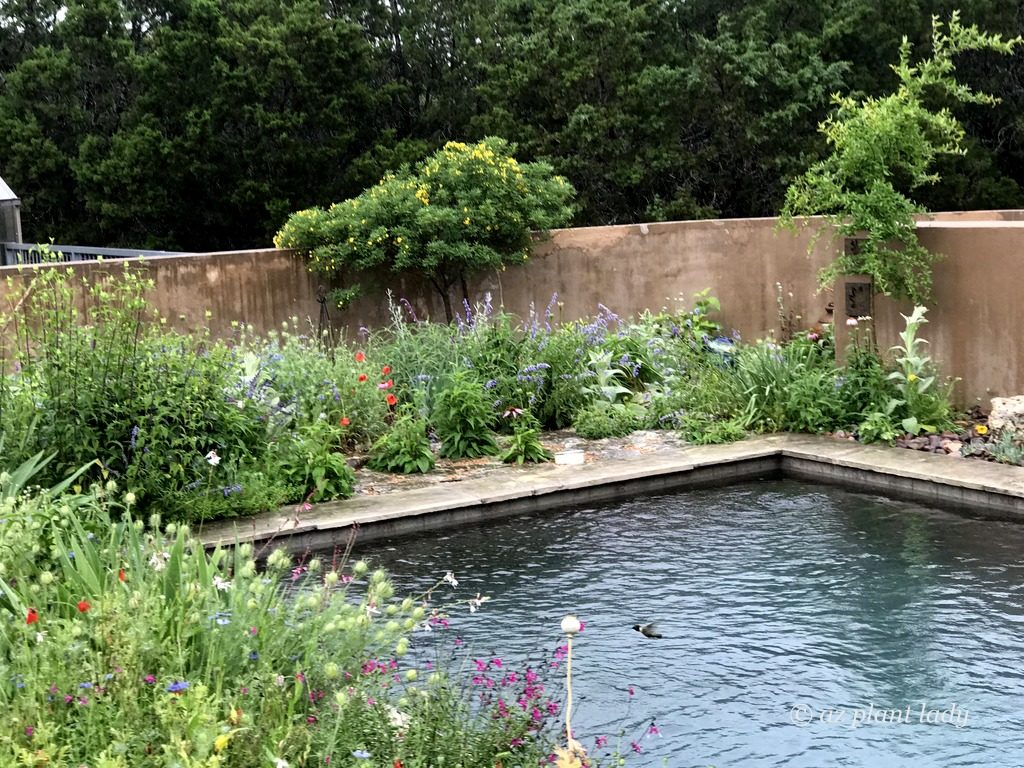
The swimming pool was unique in that it looked like a water feature with the surrounding flowering plants, many of which, are allowed to self-seed.
This was my favorite garden room, so I took a video so you can get an overview of the beauty of this area.
Harmonizing Edibles and Flowers in the Texas-English Garden
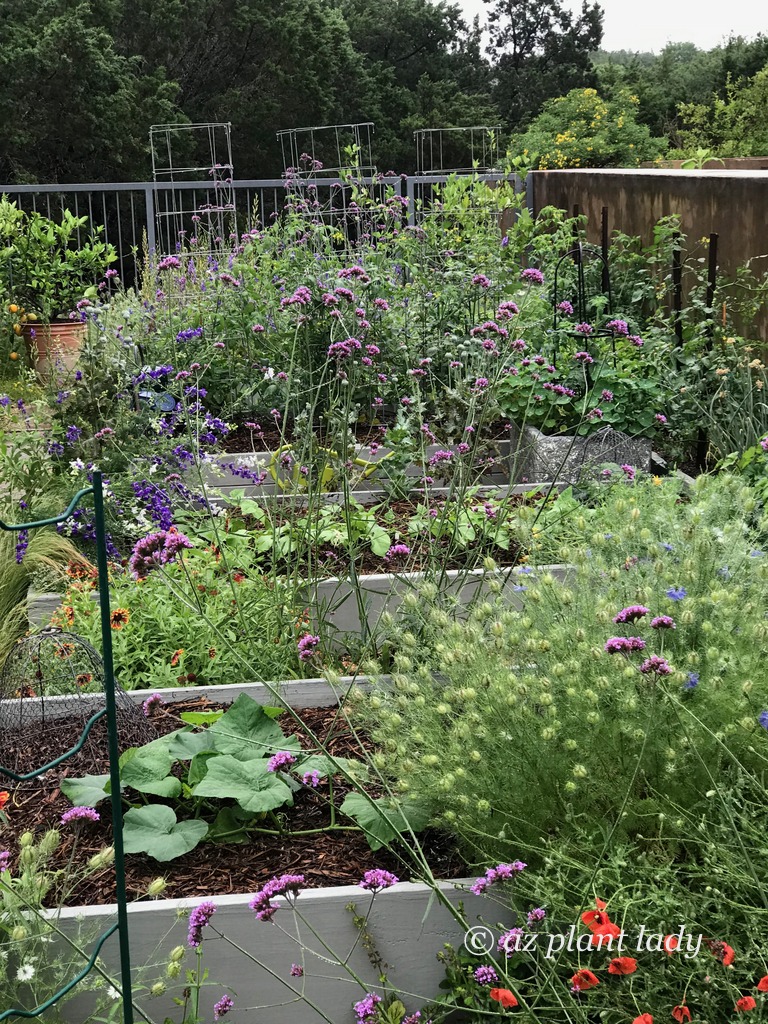
In another area of the garden, raised beds were filled with edible plants. In between the beds, were flowering plants that create a welcome softness and attract pollinators, which in turn, benefit the vegetables.
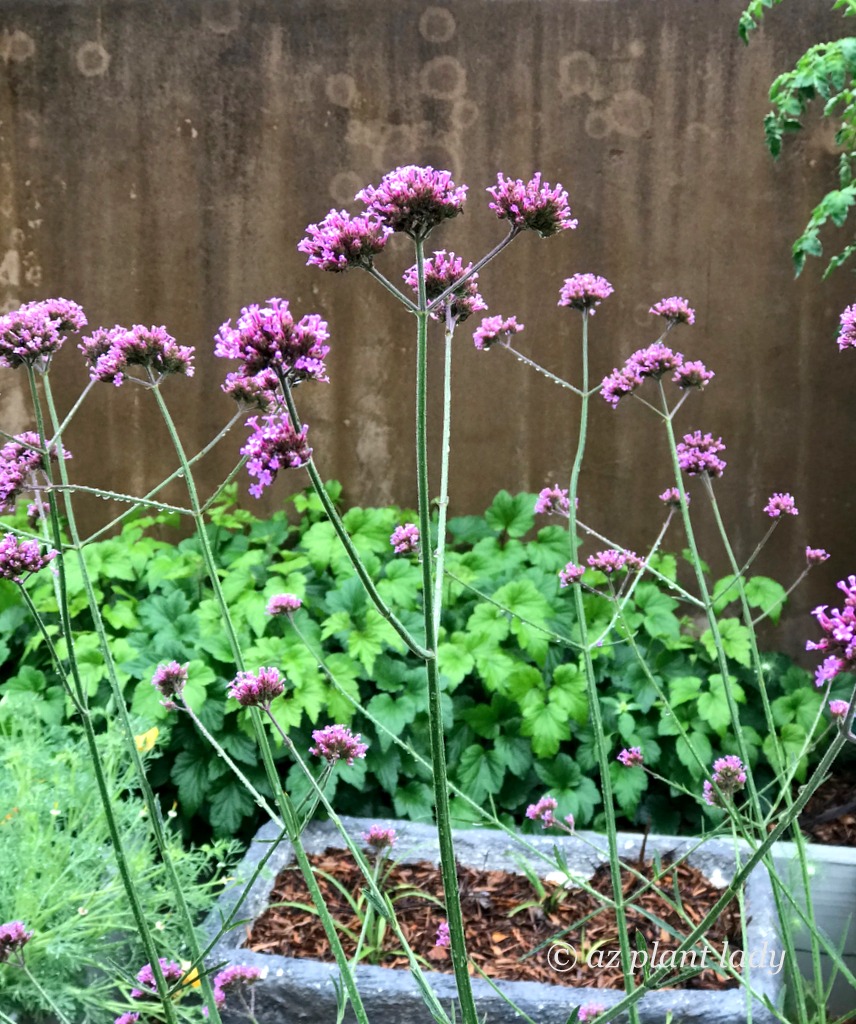
Lovely Verbena bonariensis decorated the edible garden with their delicate purple blossoms.
Aloes and Agaves: Succulent Magic
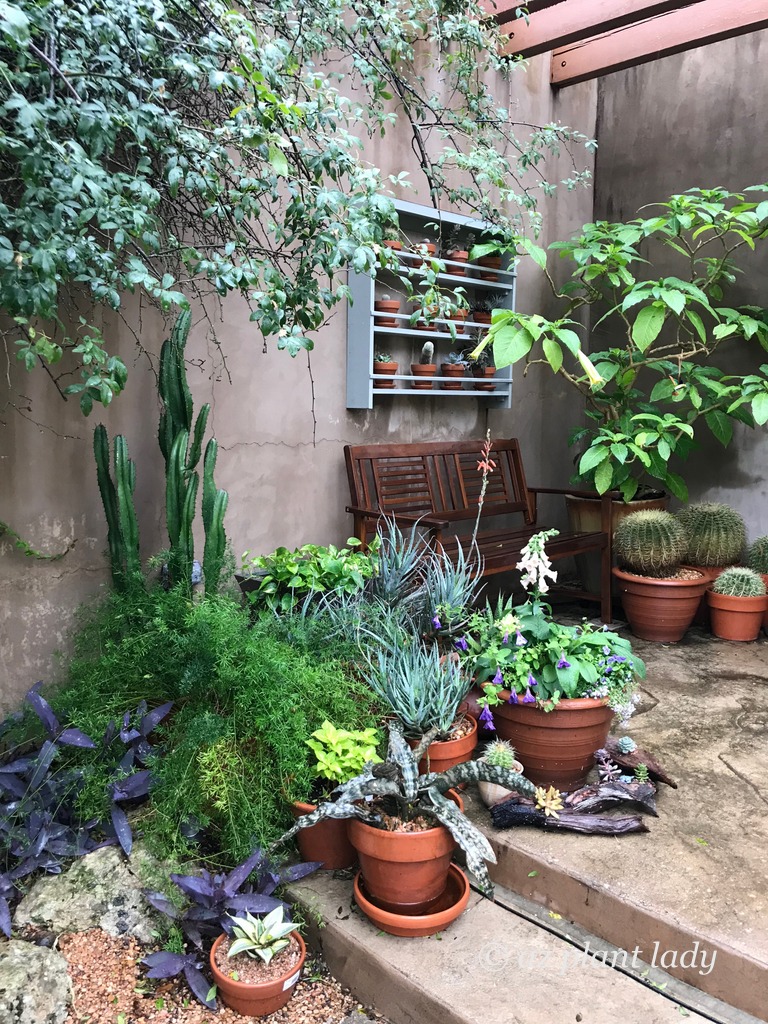
Jenny makes great use of grouping potted plants together on steps and I recognized ‘Blue Elf’ aloes in a few of the containers, which is one of my favorite aloes that I use in designs.
Stone, Succulents, and Sculptures: Artistry in the Garden
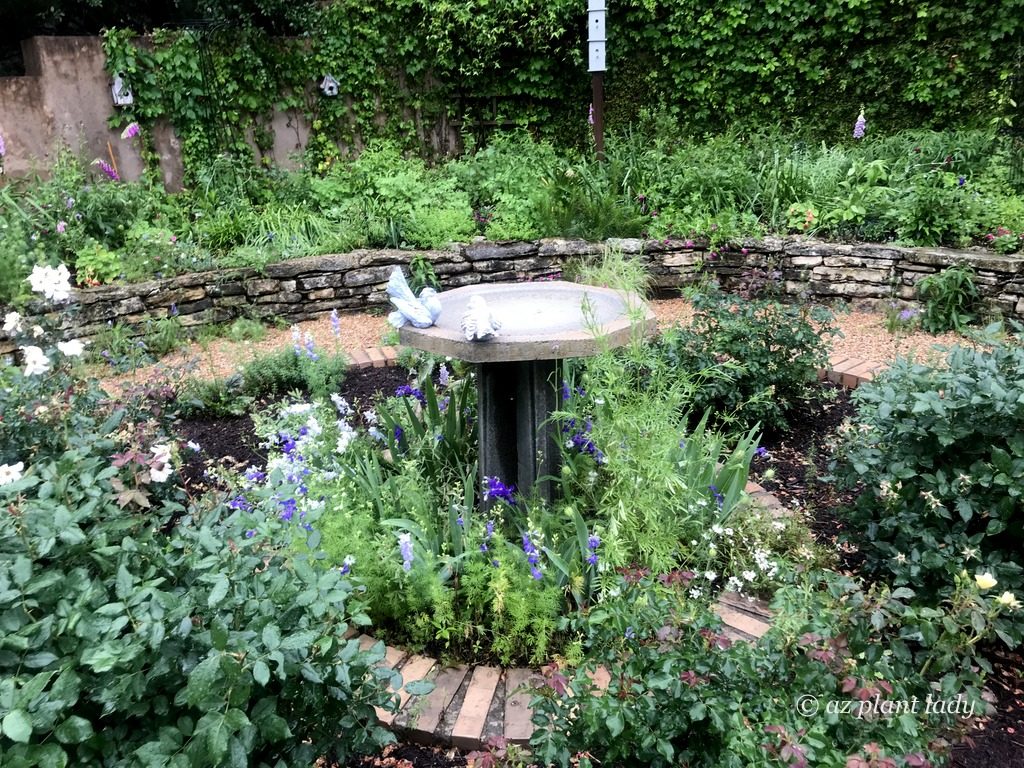
Stacked stone forms a raised bed that surrounds the circular wall of this garden room where a bird bath serves as a focal point.
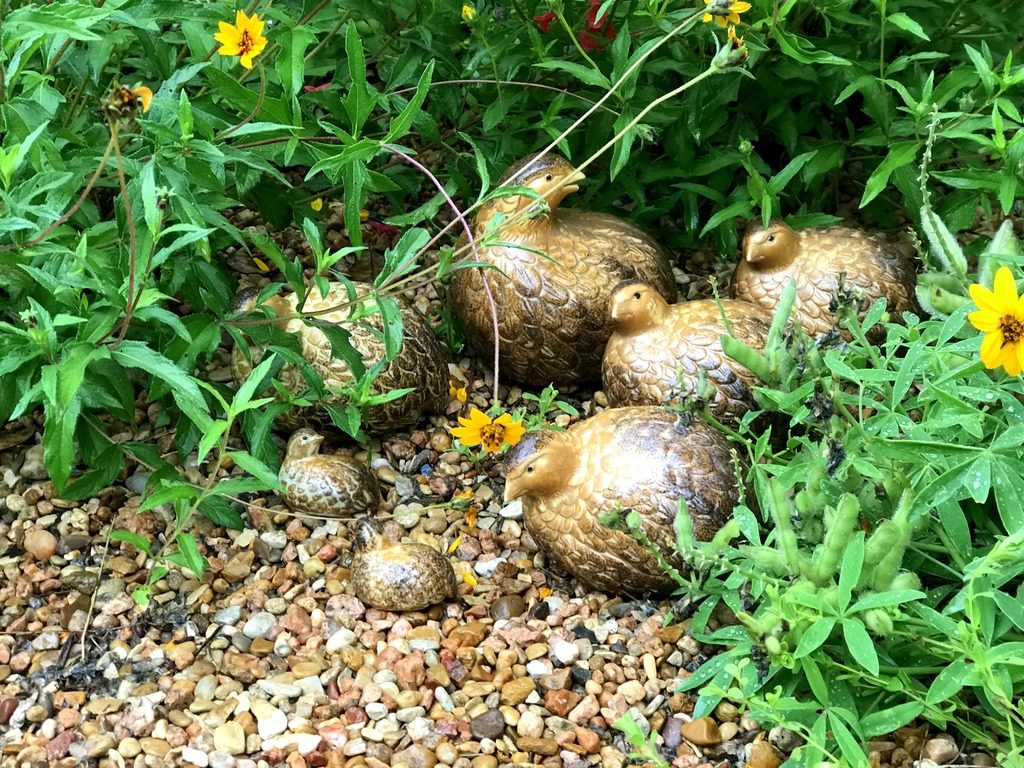
Decorative animals were tucked into different spots, just waiting to be discovered by garden visitors, like this quail family.
Mimicking Water Movement: A Creative Garden Touch with Mexican Feather Grass
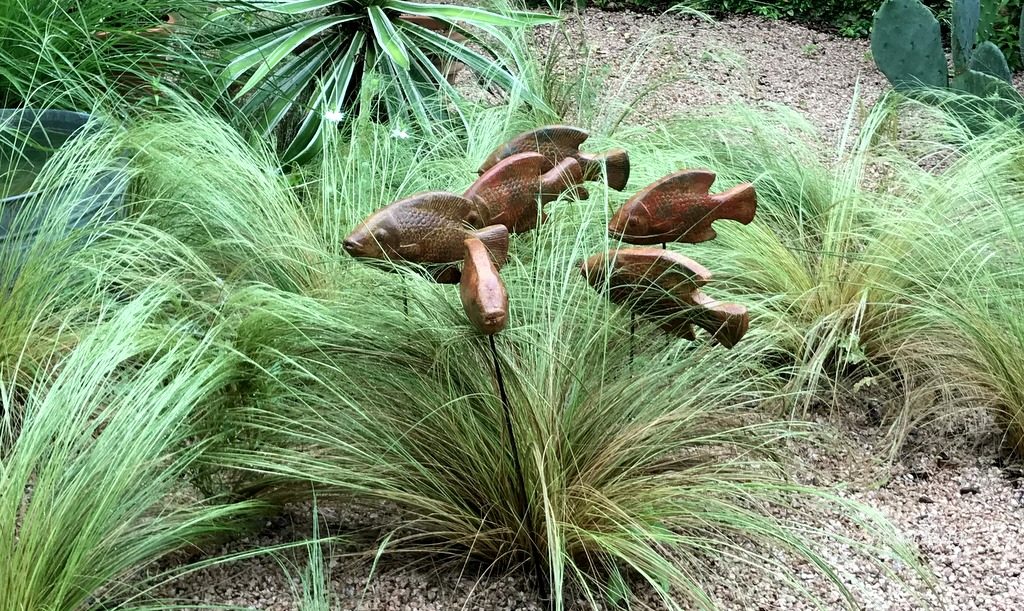
Here’s a fantastic whimsical element that I particularly enjoyed: they used Mexican feather grass to imitate the movement of water for stone fish.
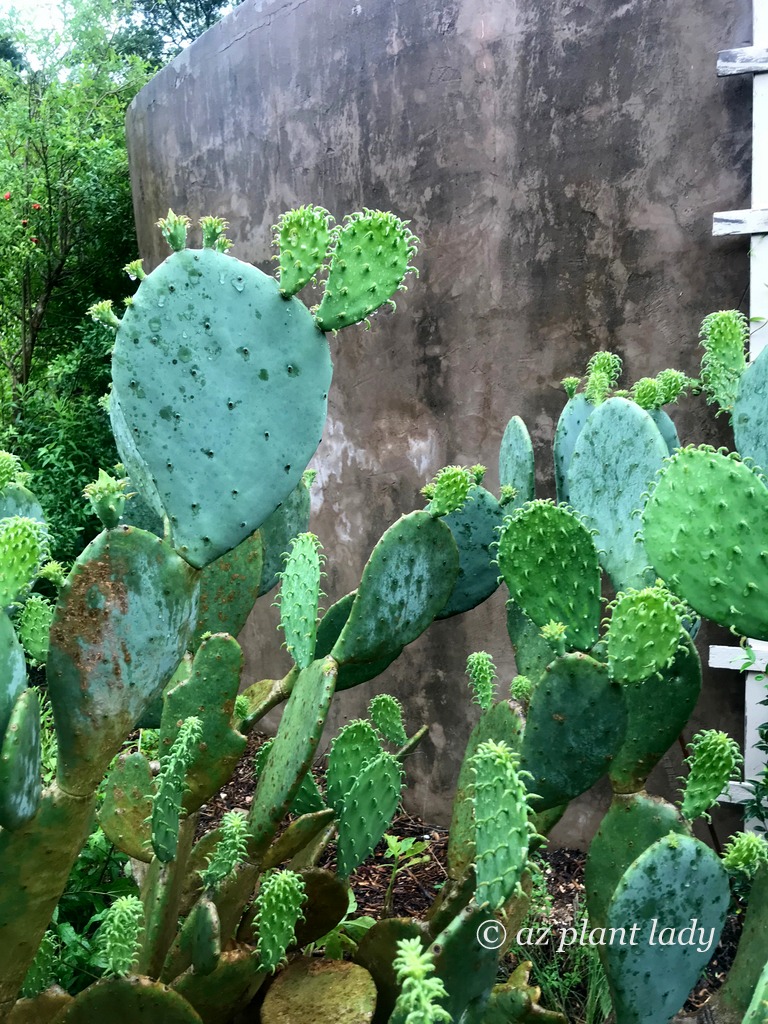
Much like desert gardens, cacti and succulents were used to create unique texture, like this spineless prickly pear (Opuntia cacanapa), which is native to Texas but also grows nicely in my Arizona garden.
A Texas Treasure: The Beauty of the English Garden
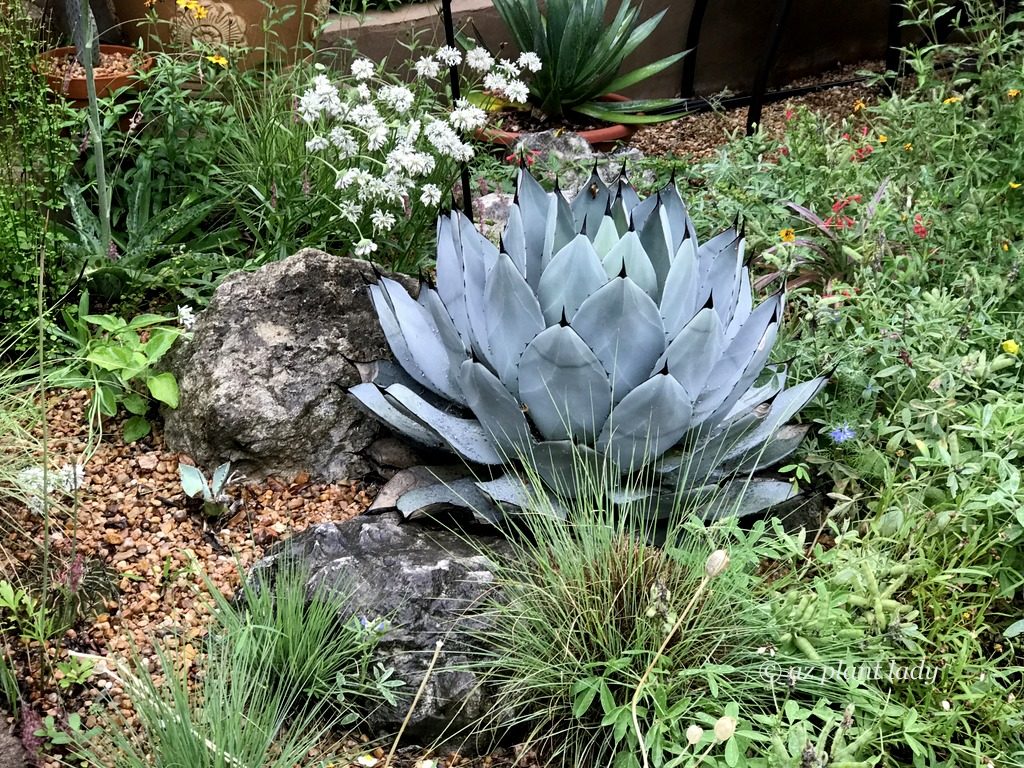
The blue-gray color and spiky texture of artichoke agave, contrasts beautifully with the softer textures of lush green perennials.
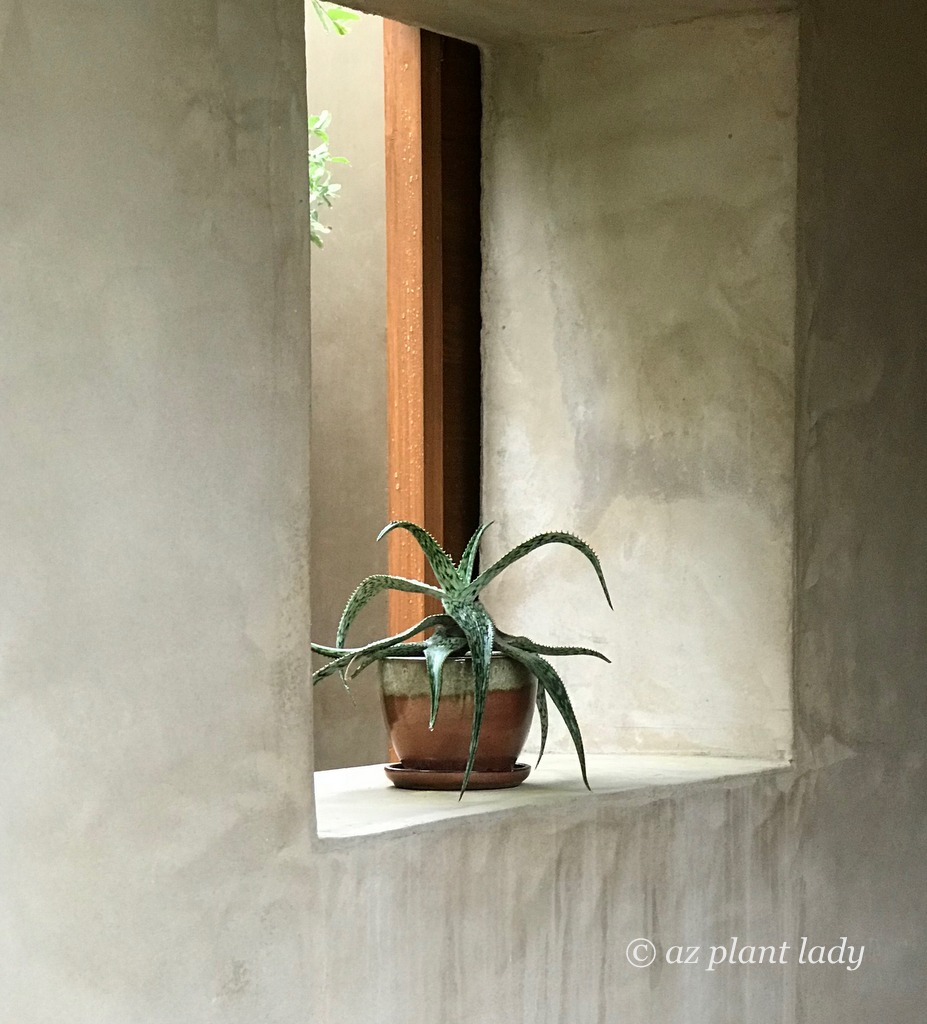
As we prepared to say goodbye to this Texas-English garden, I stroll past an opening in a garden wall, where I noticed a single agave standing sentinel, and I marveled at how a single plant can create a significant design impact when carefully positioned.
This garden was a true Texas treasure and I came away in awe of its natural beauty. However, this wasn’t only the garden that inspired me. There are sixteen other gardens left to explore. I invite you to come back when I’ll profile another of my favorites.


